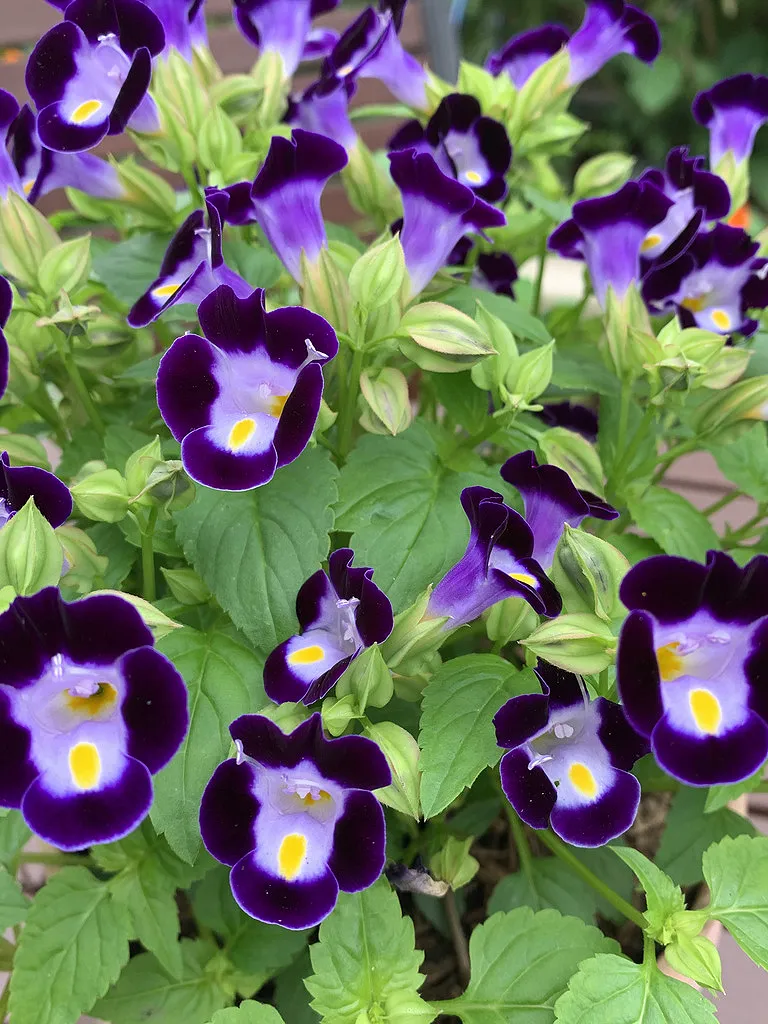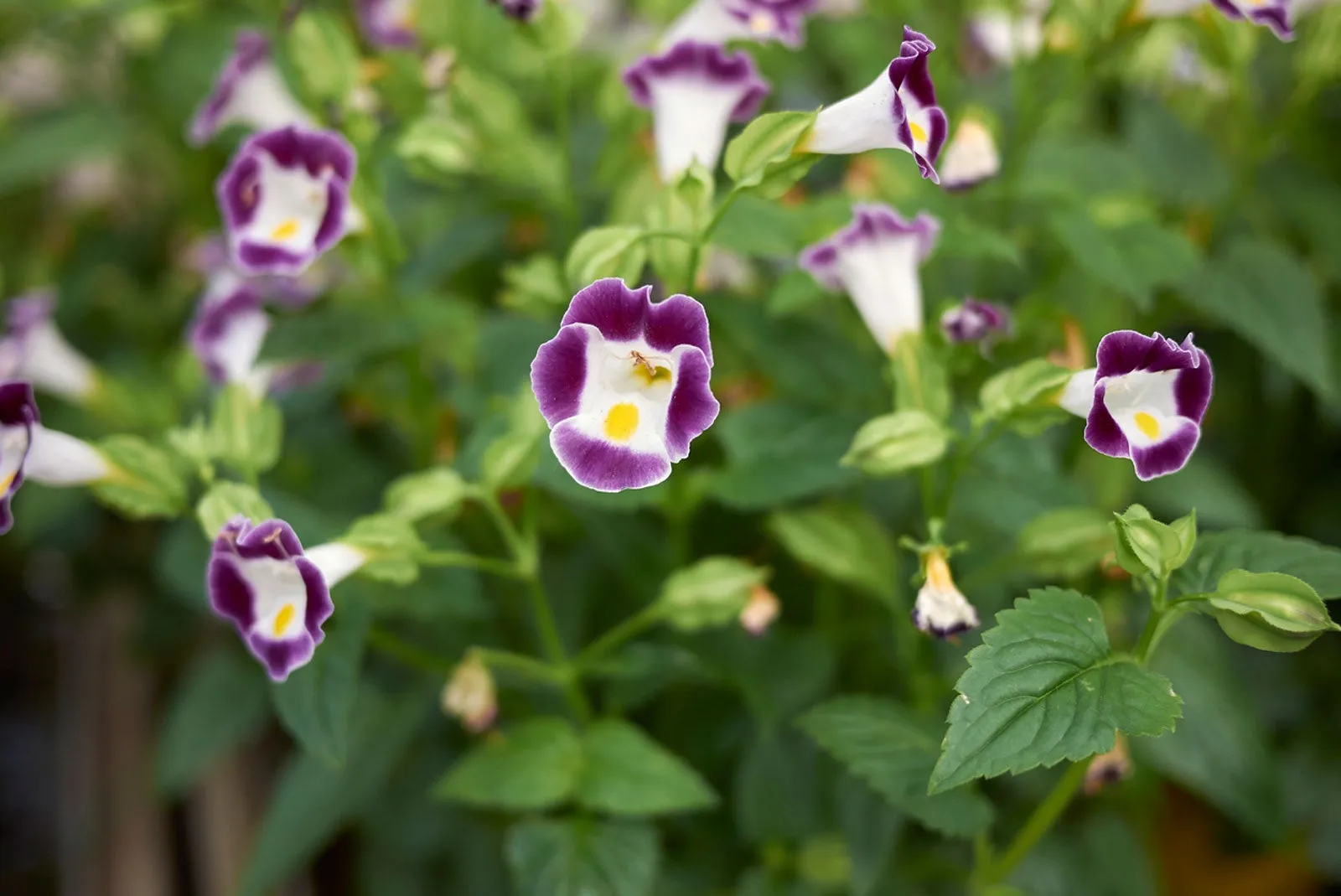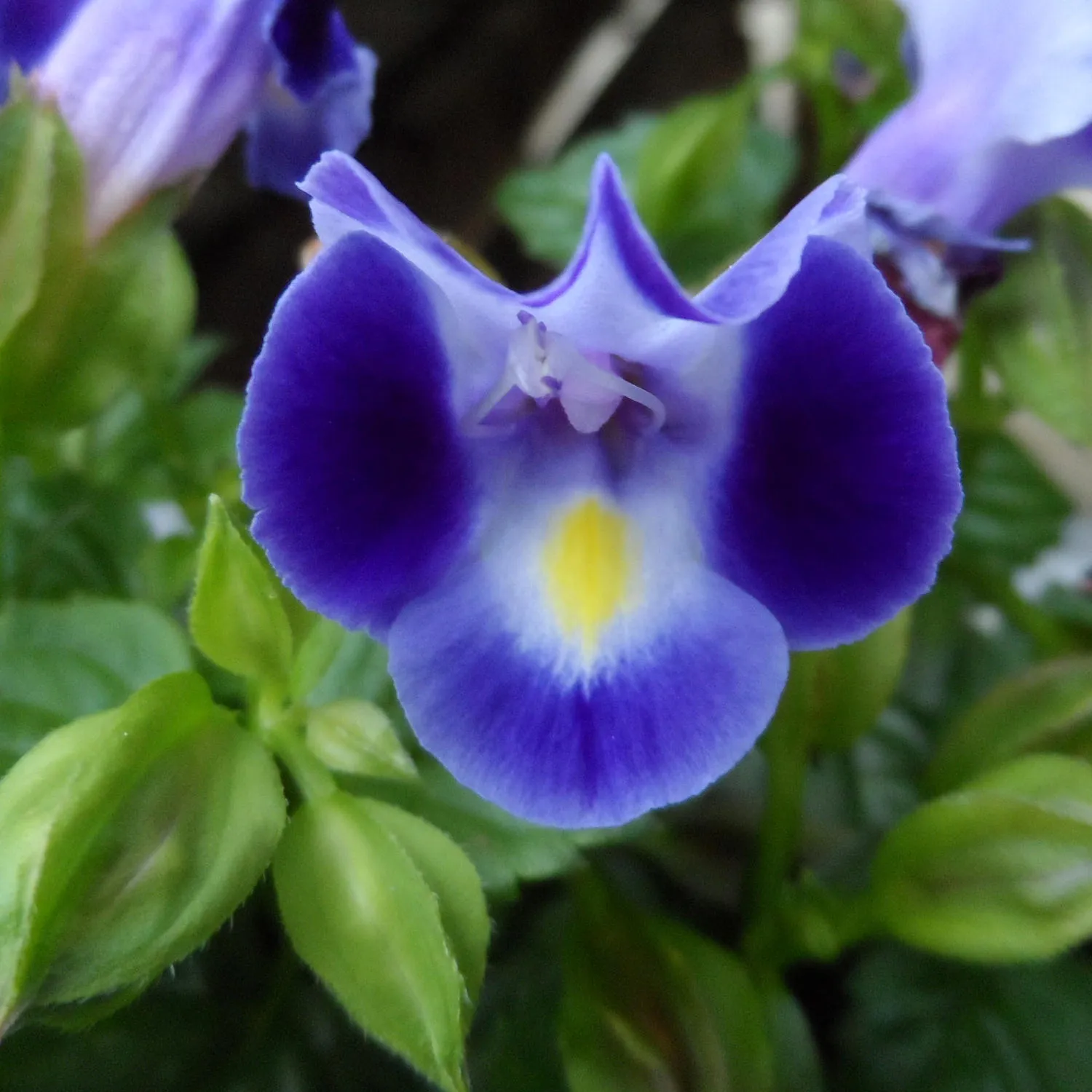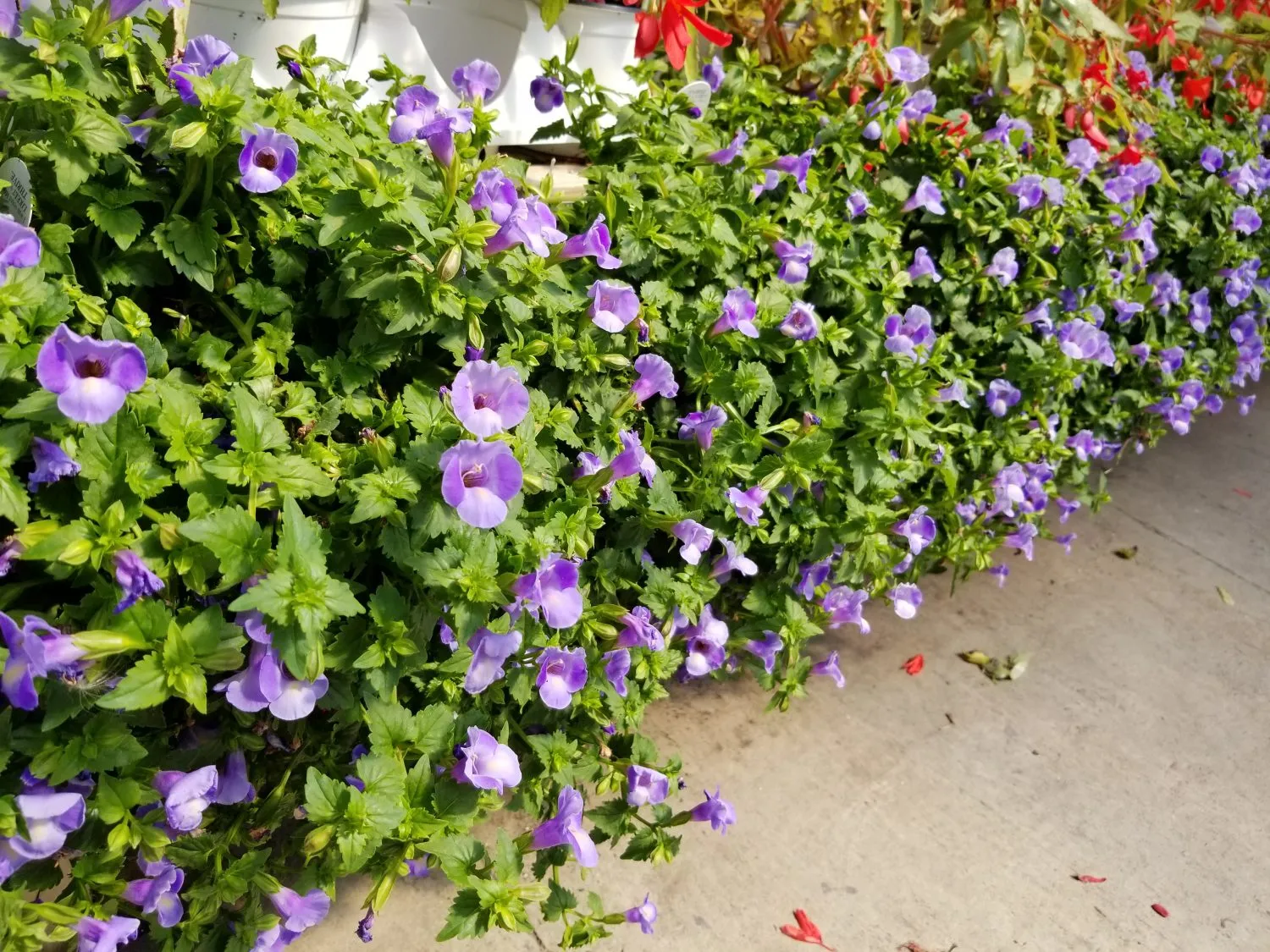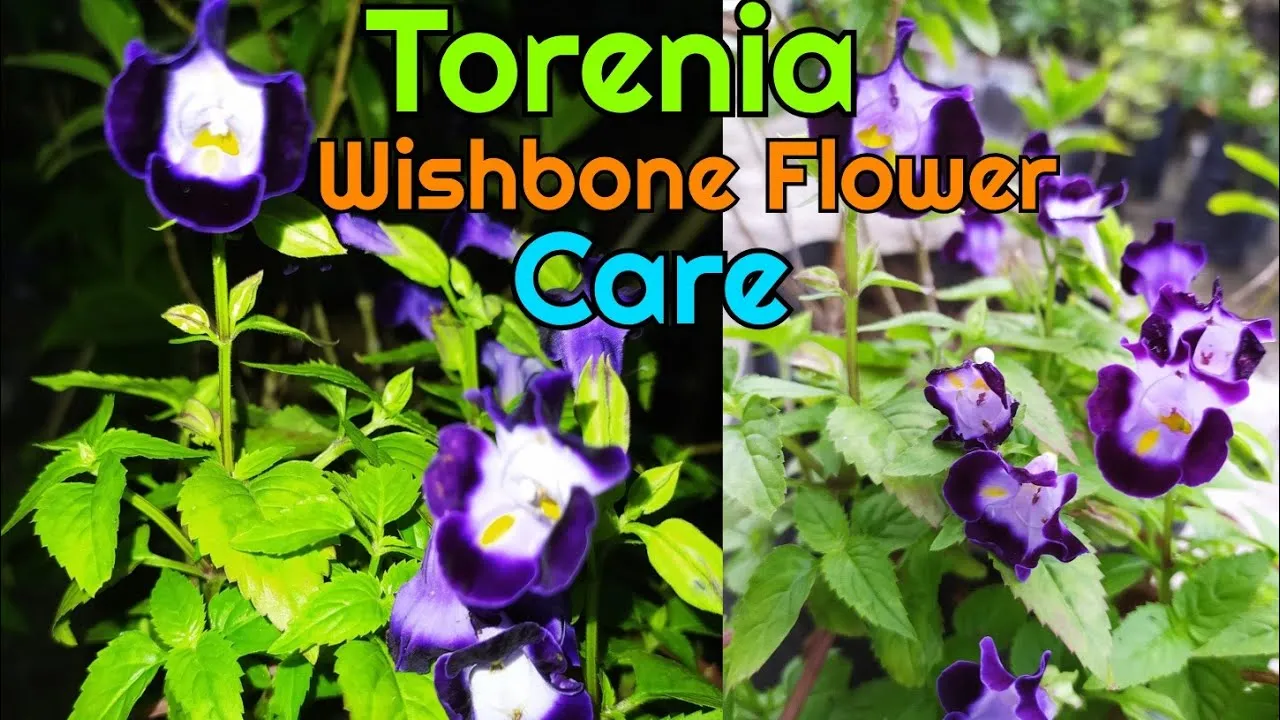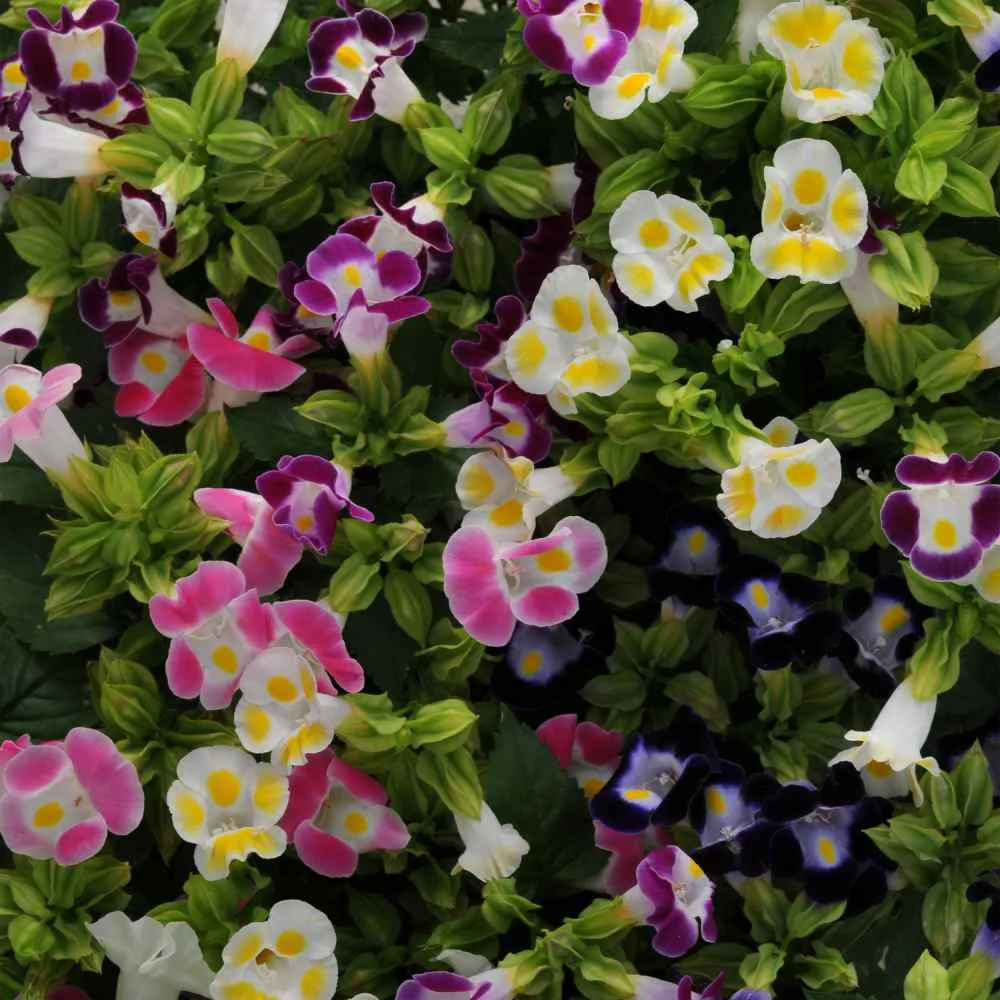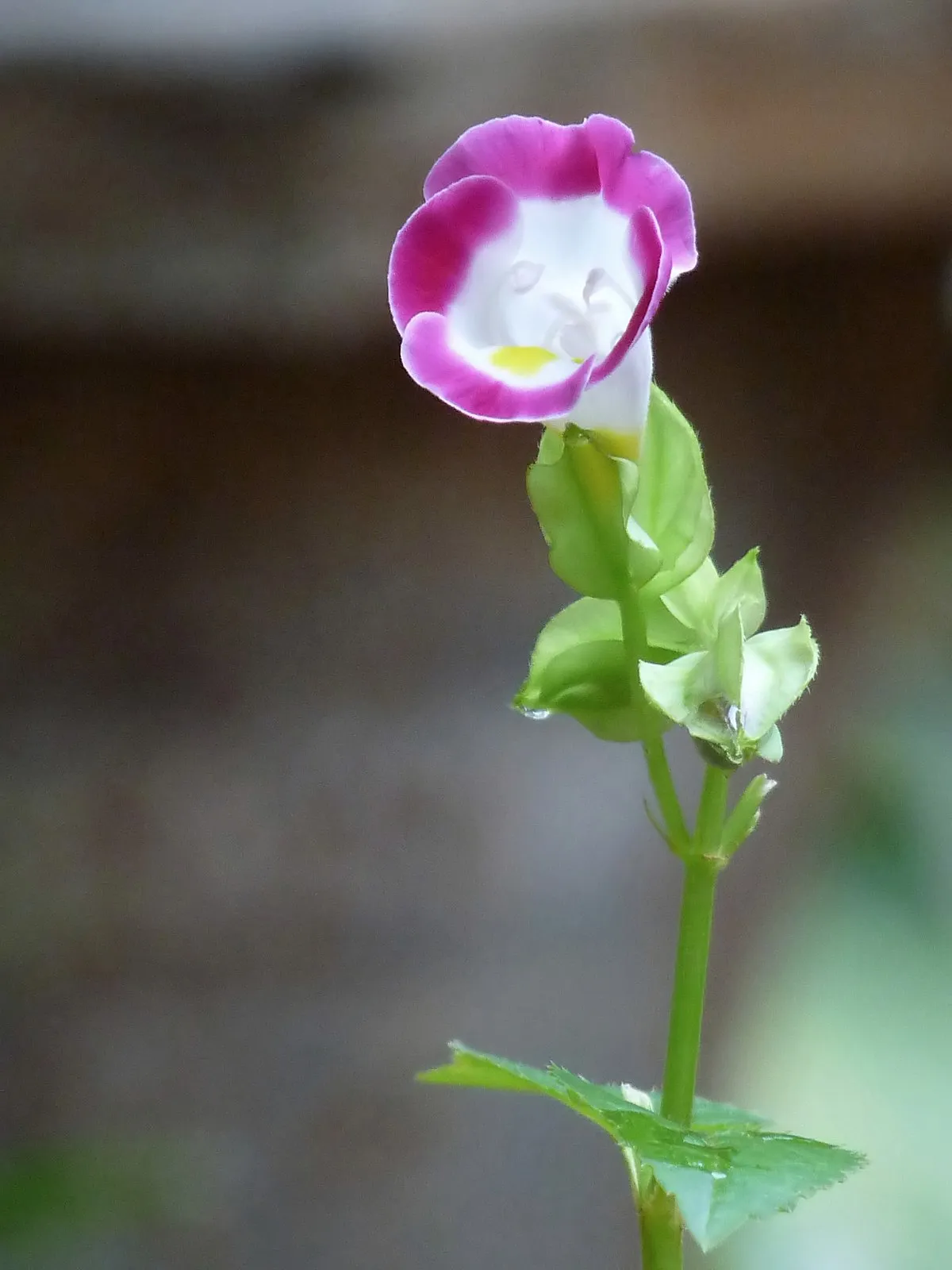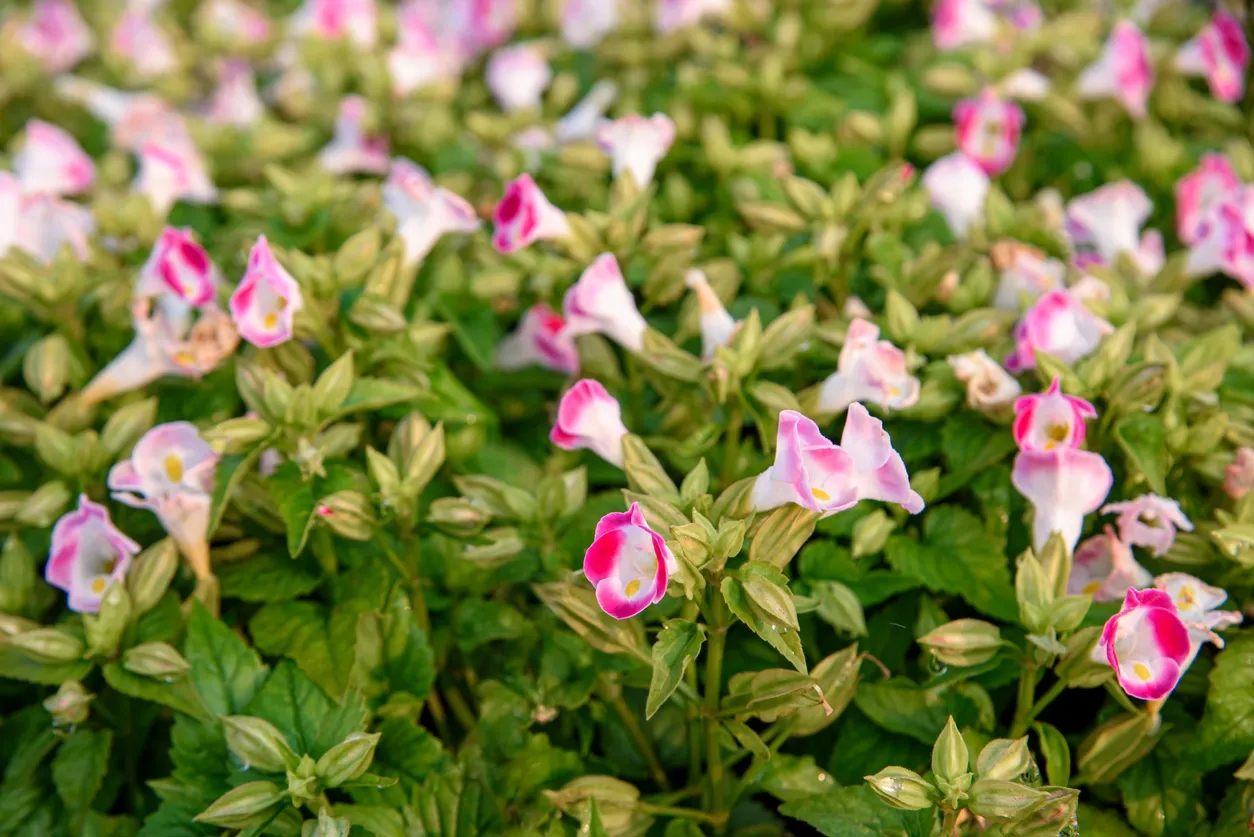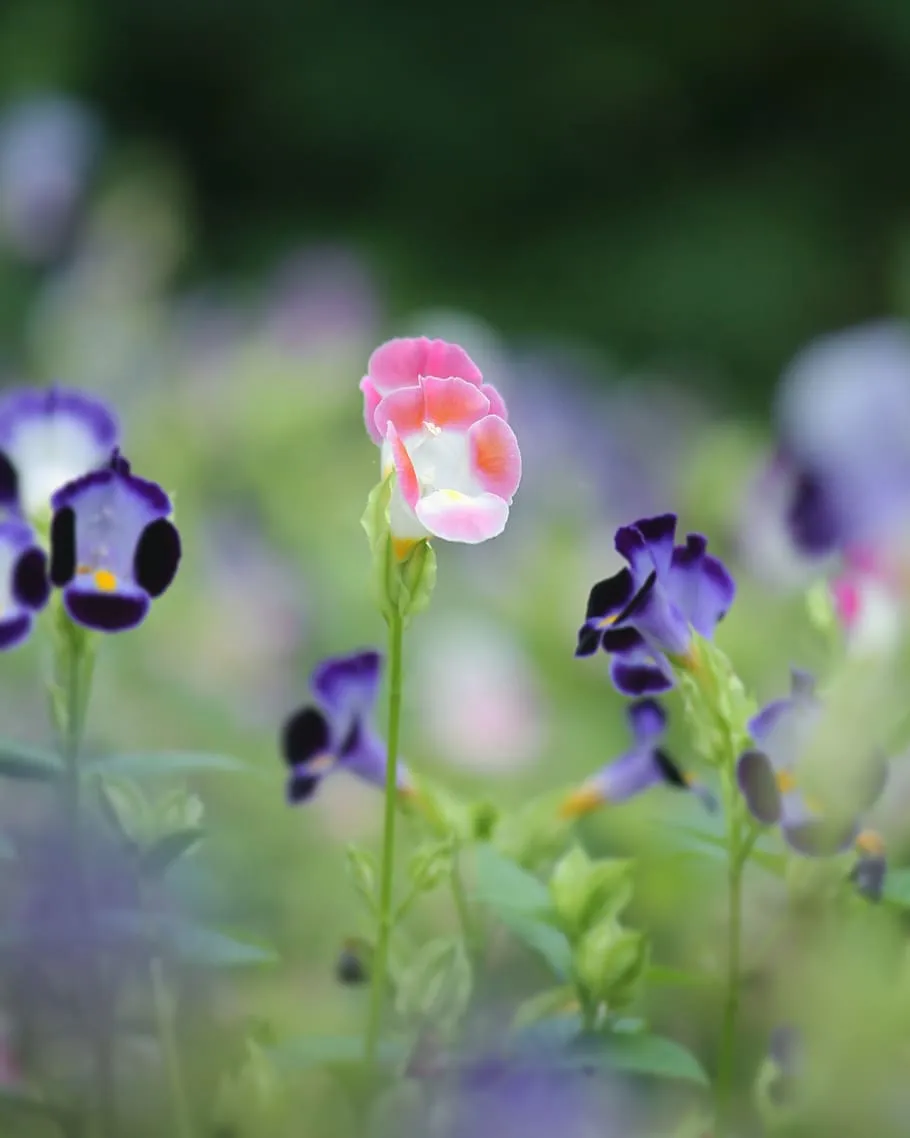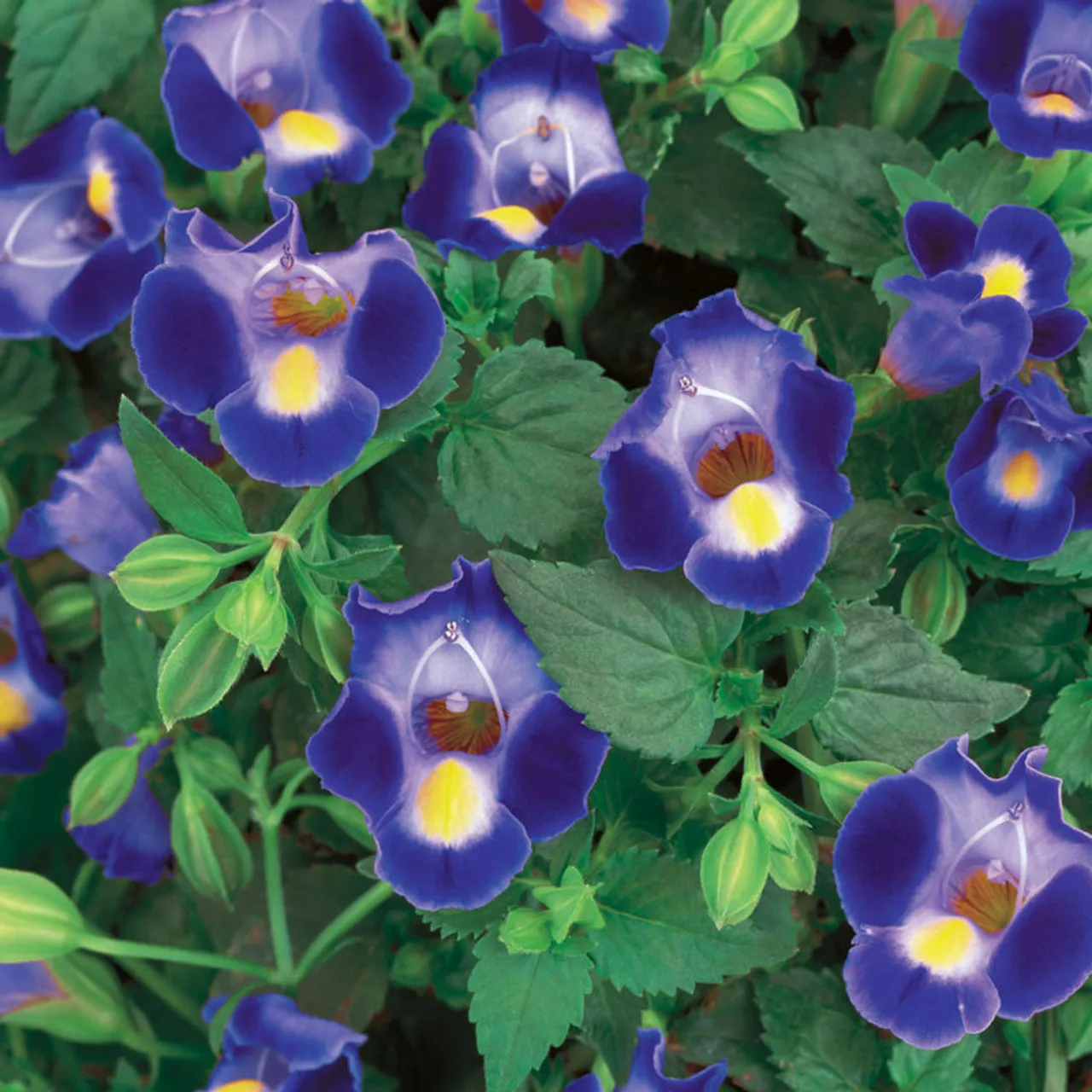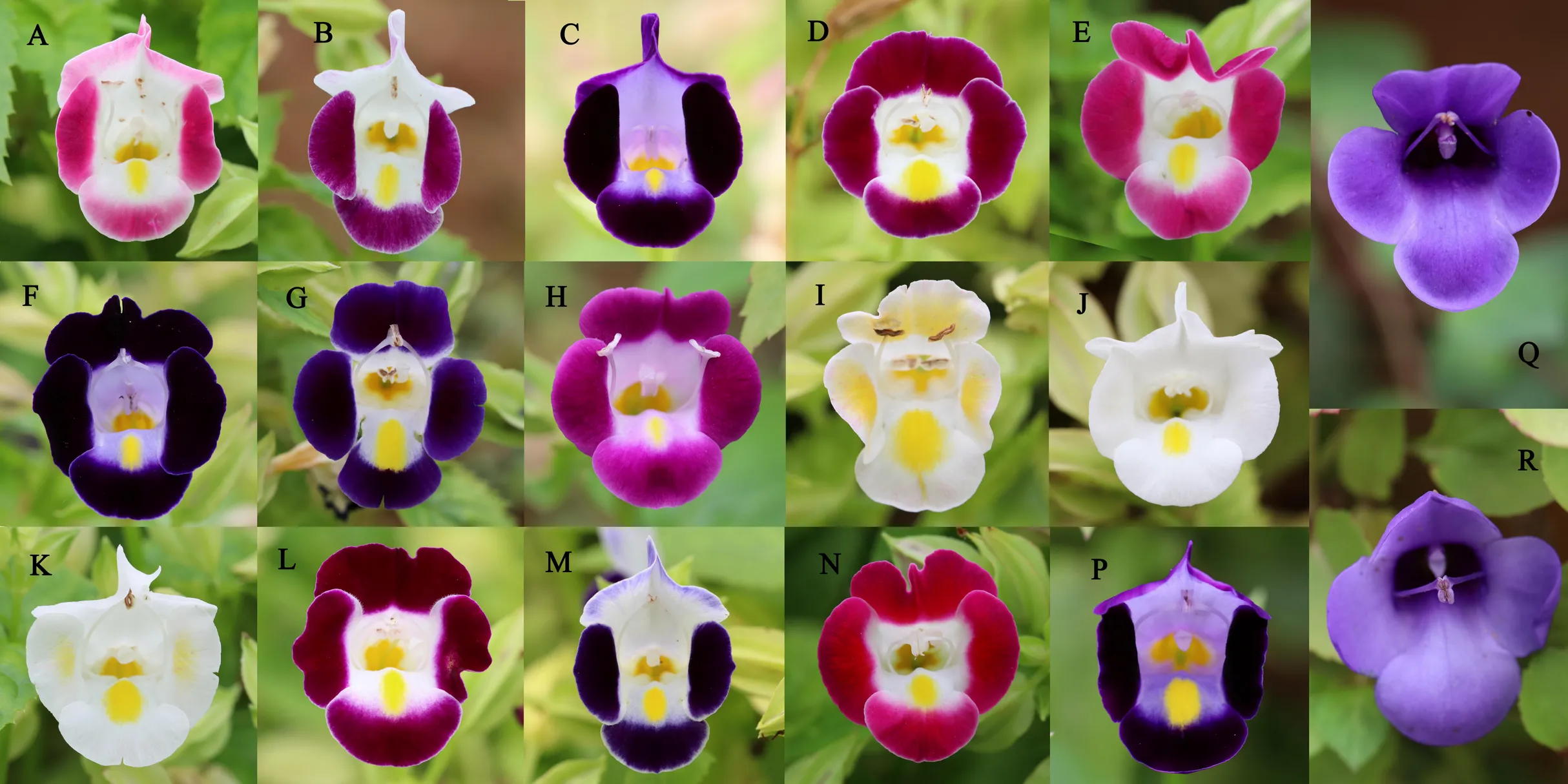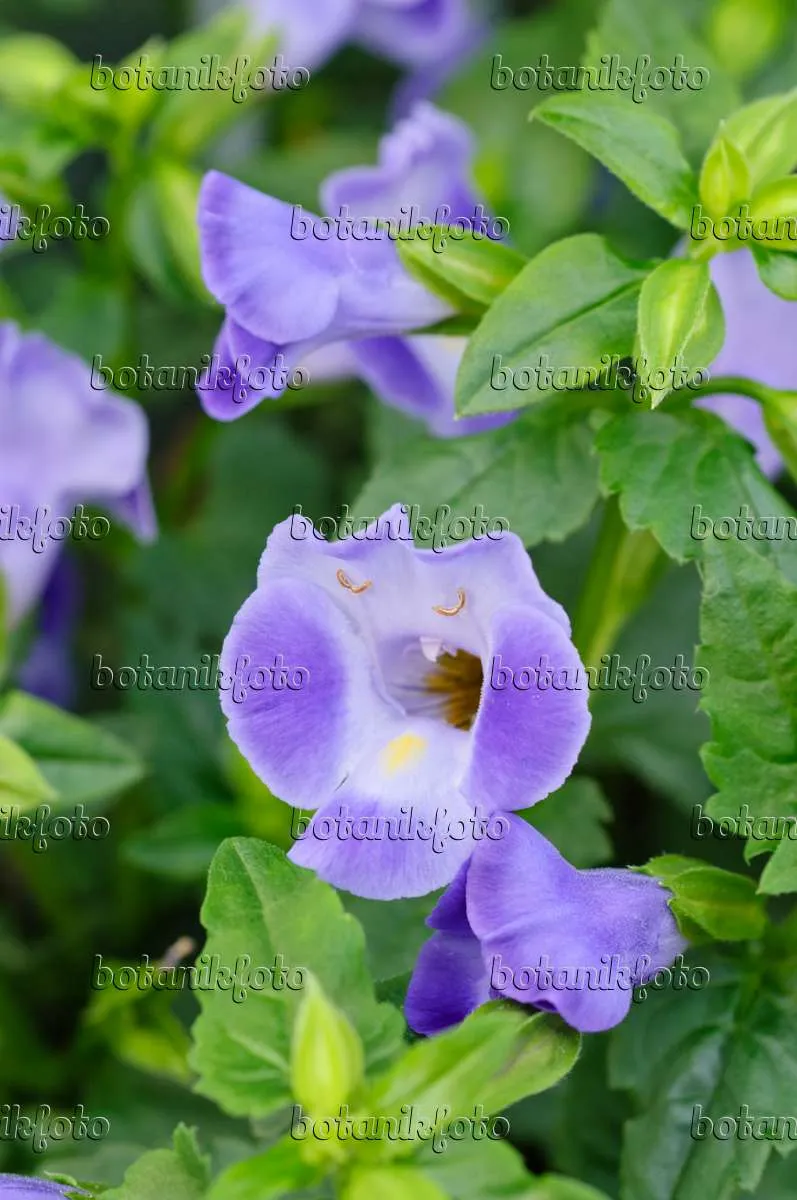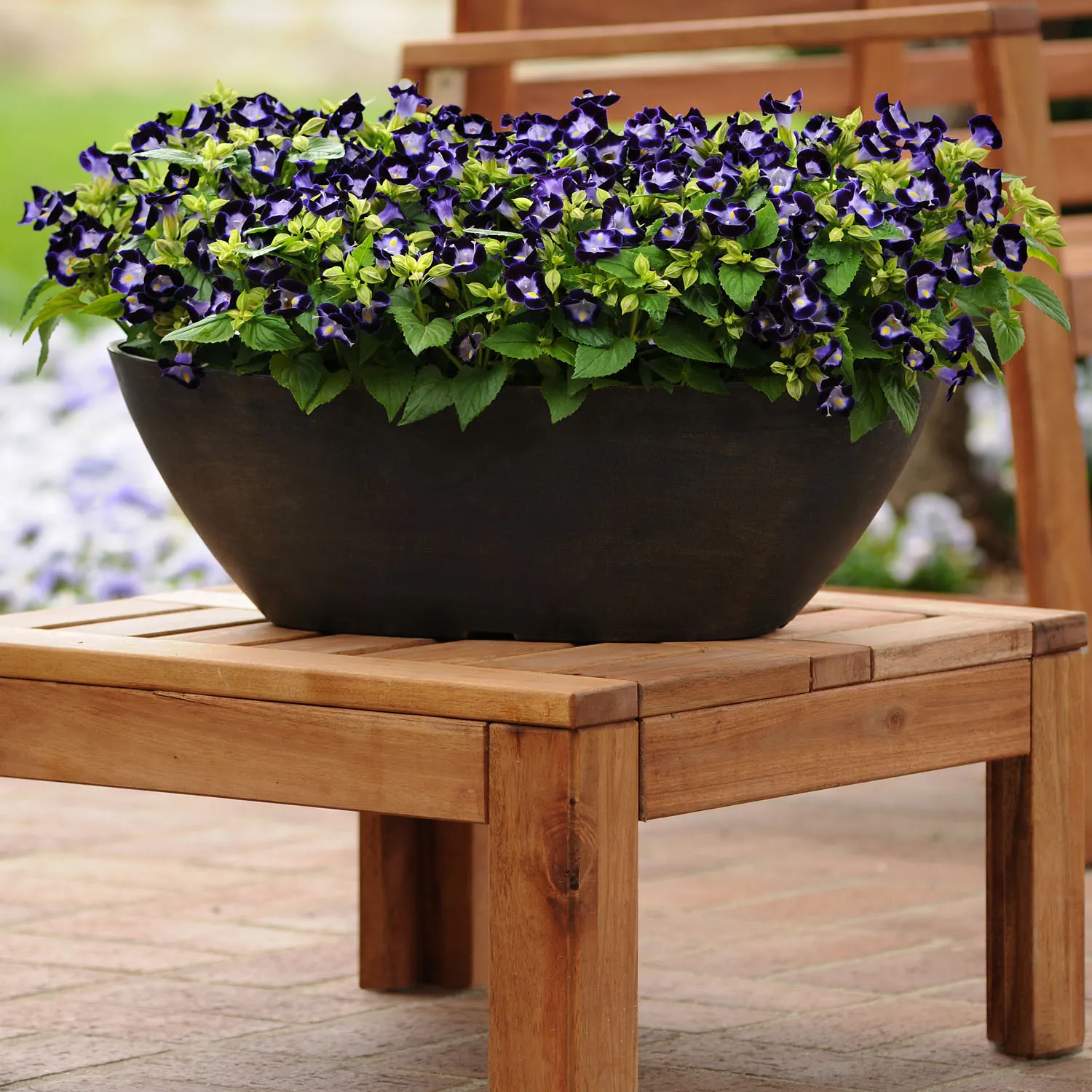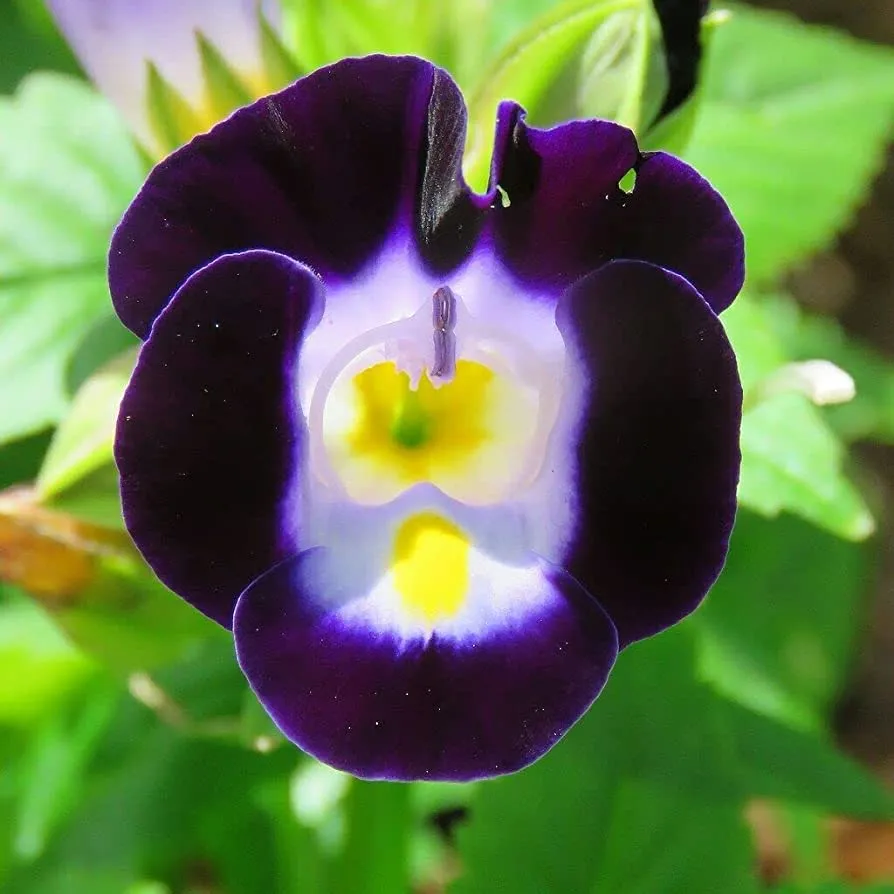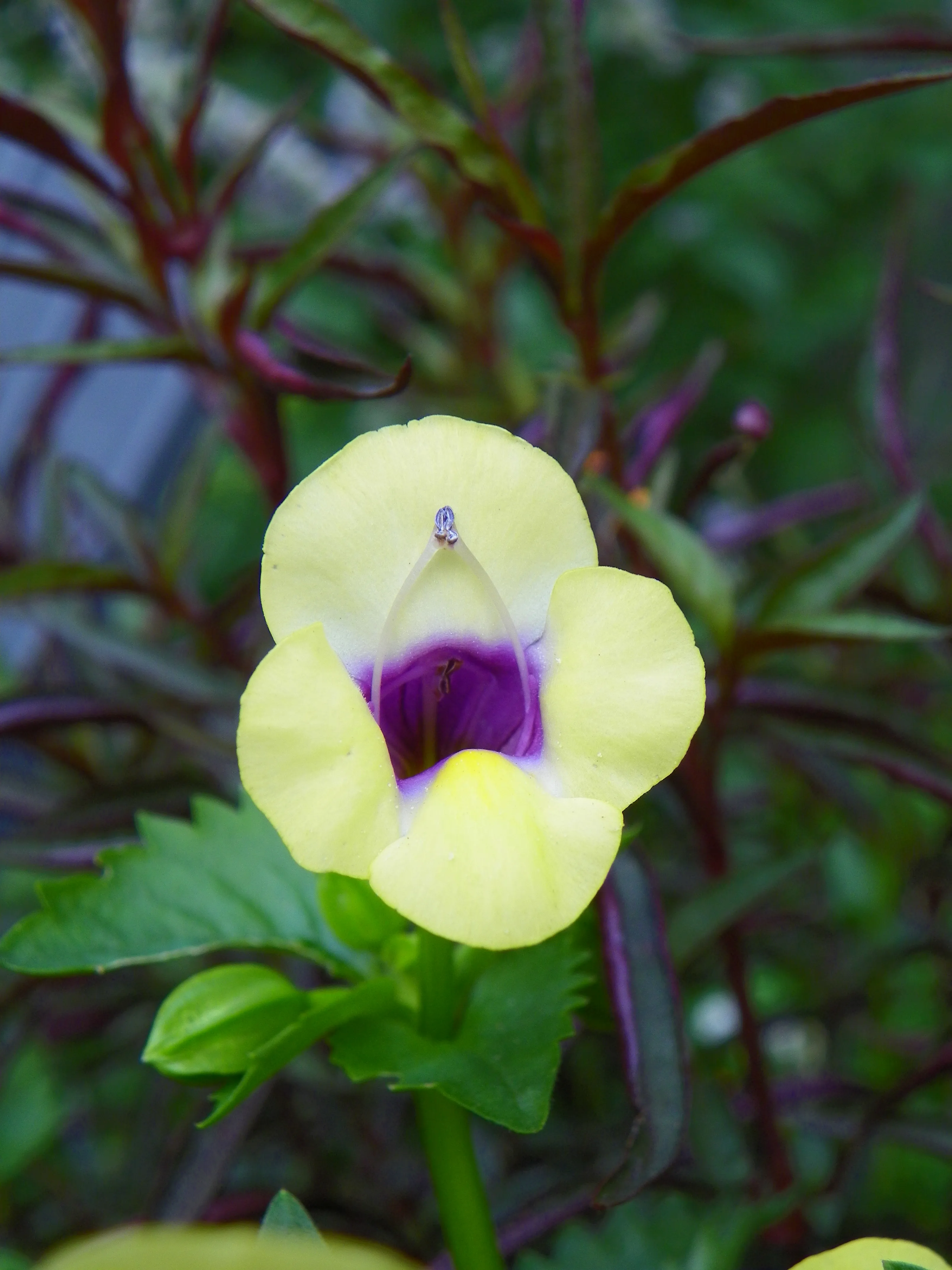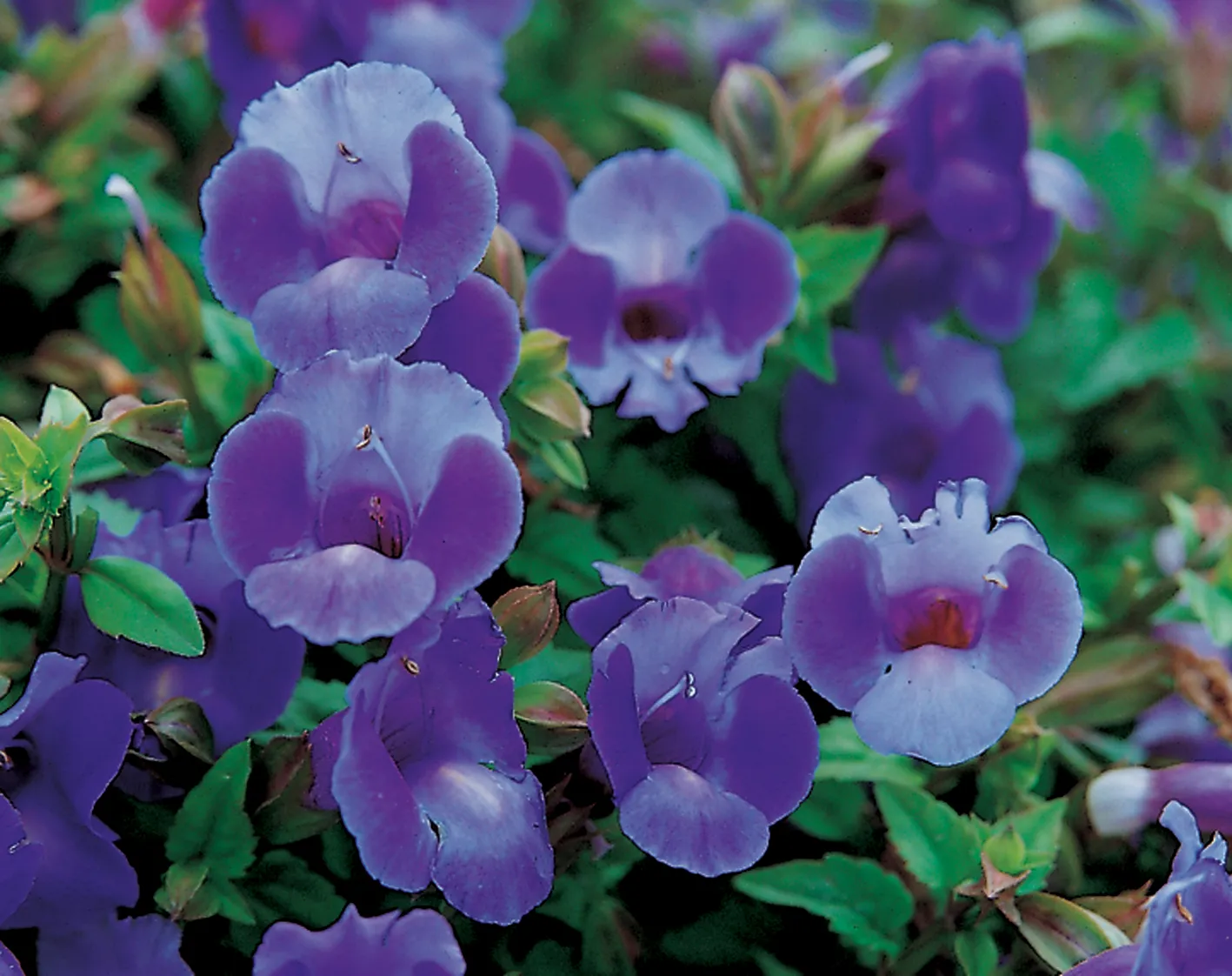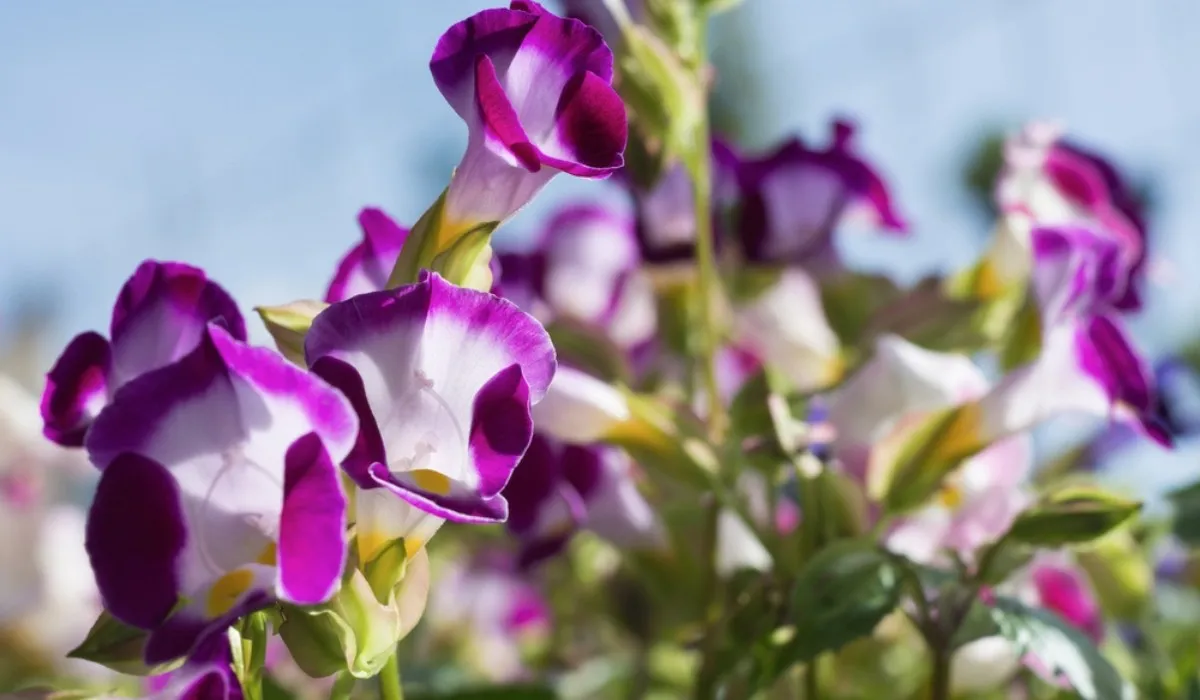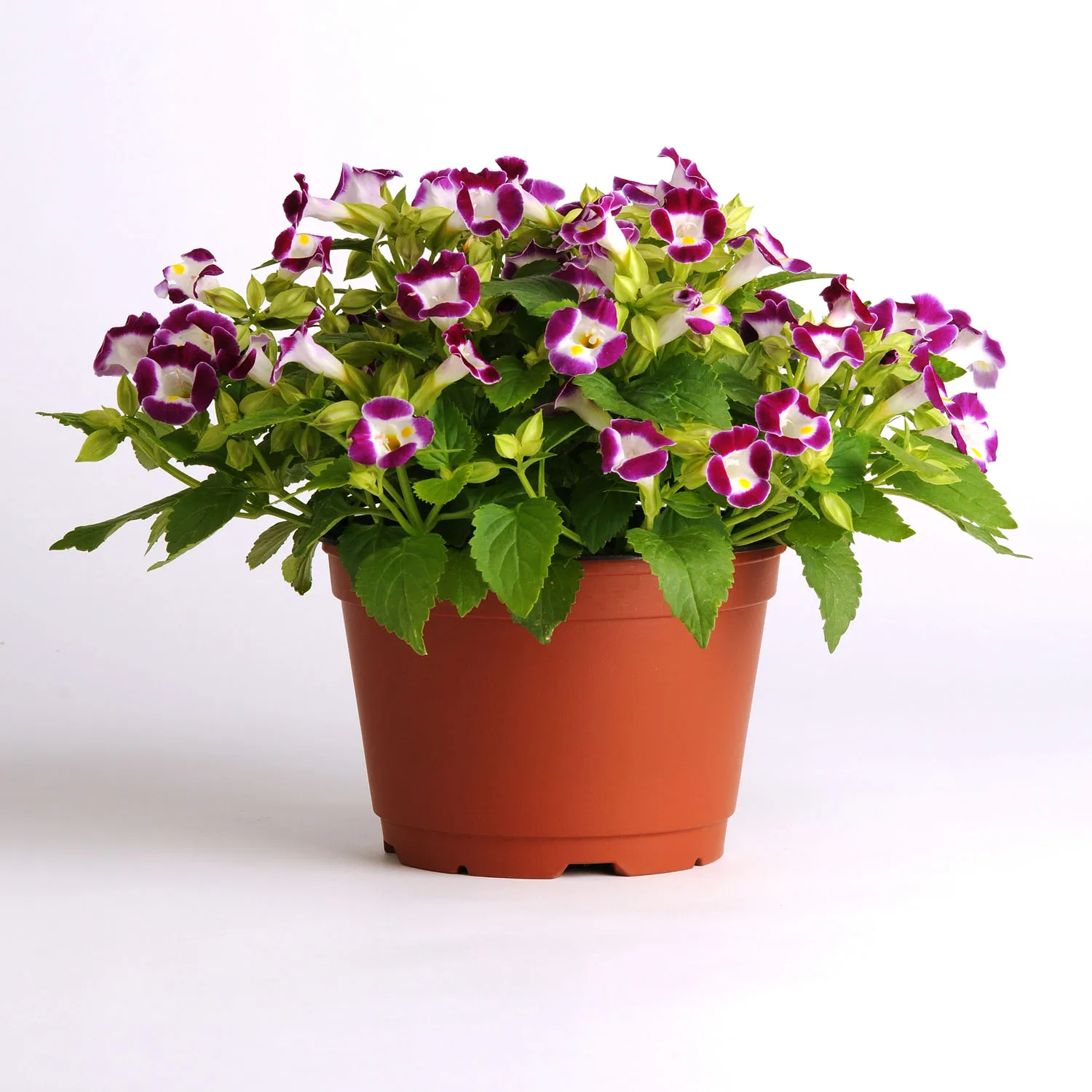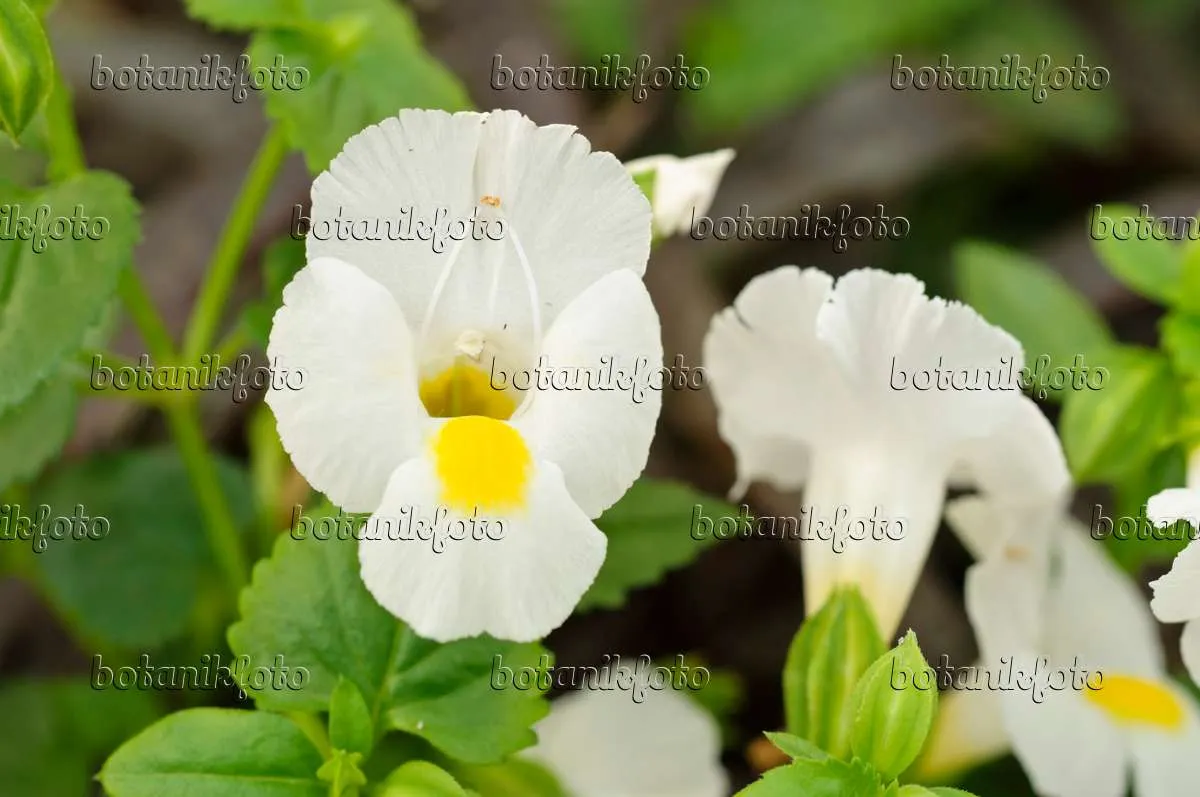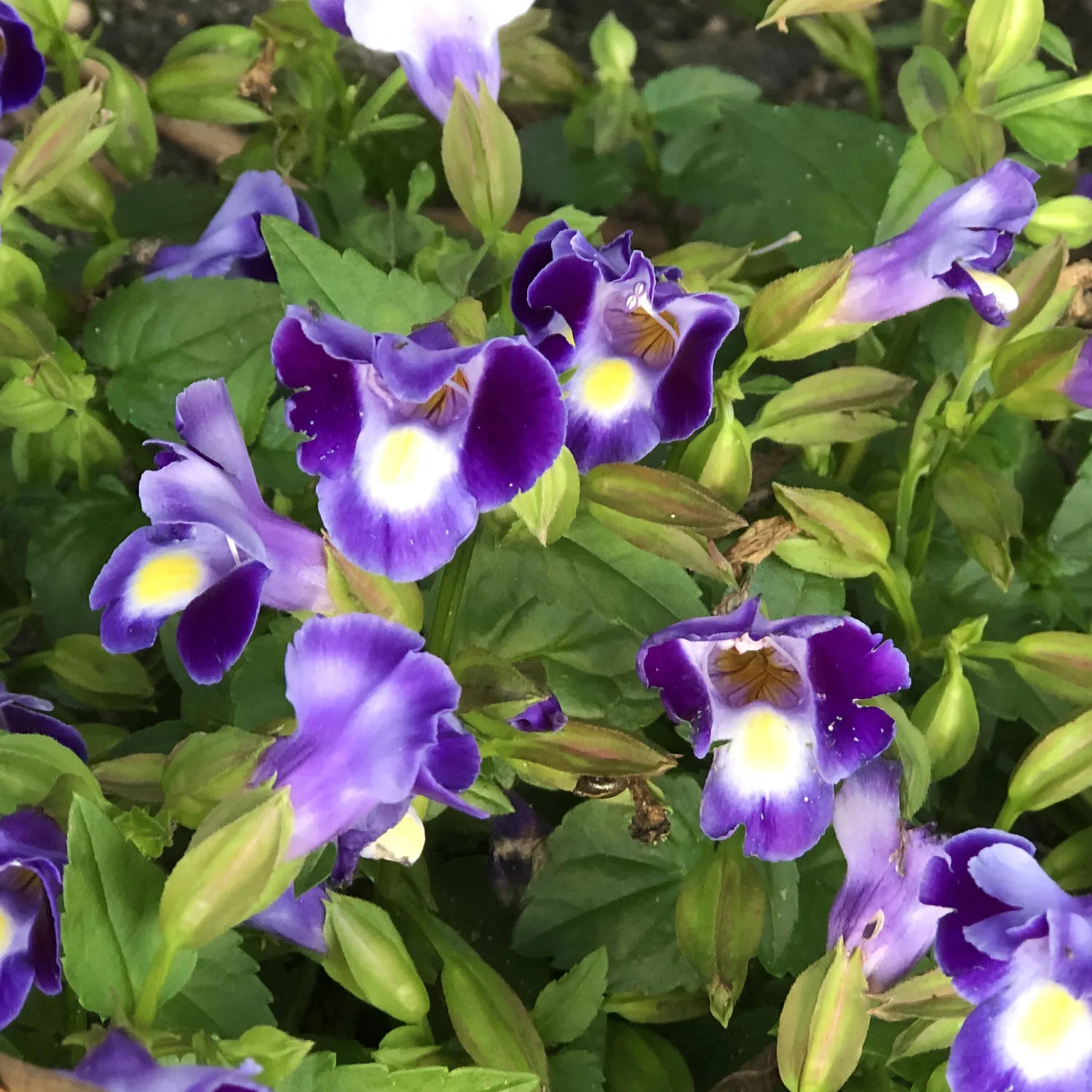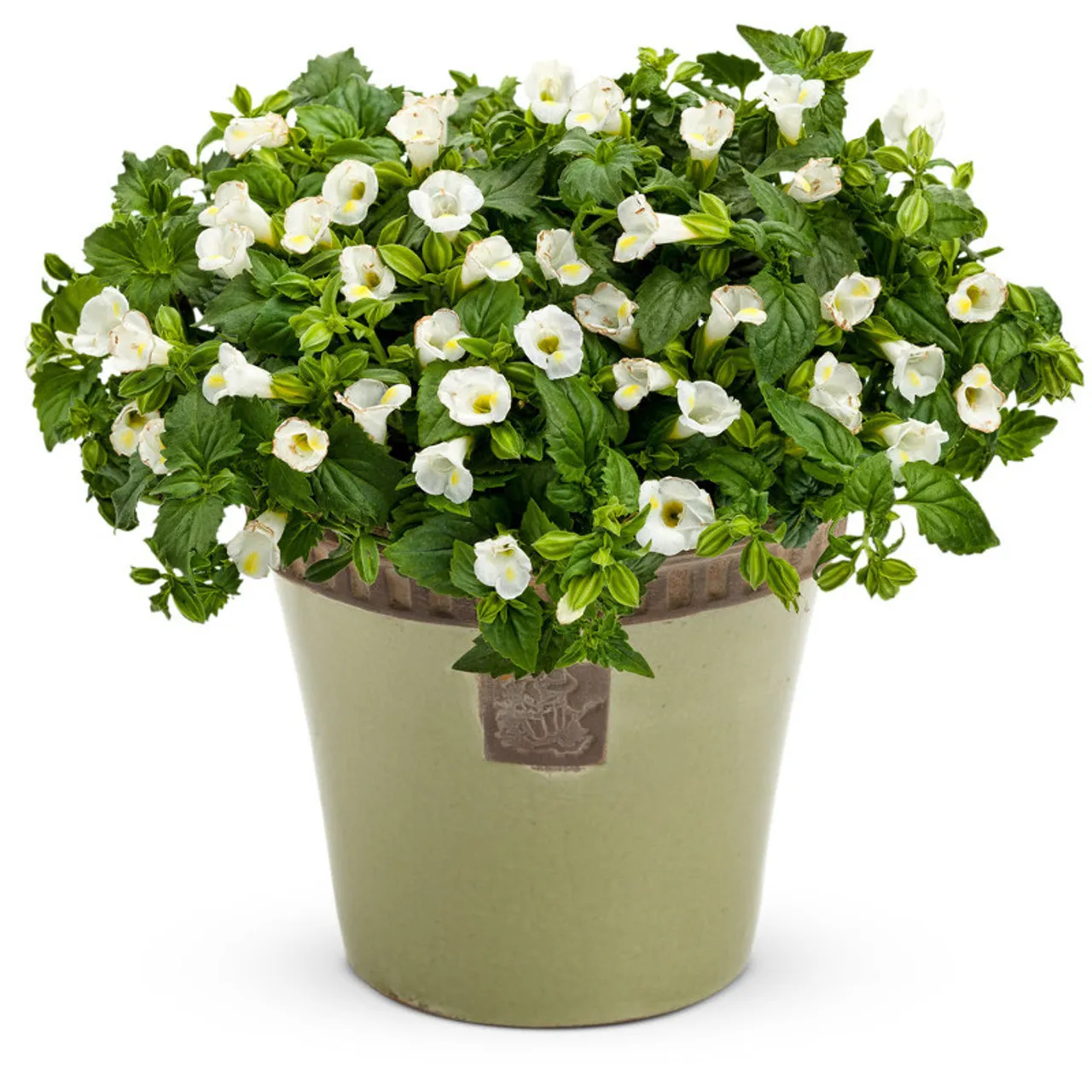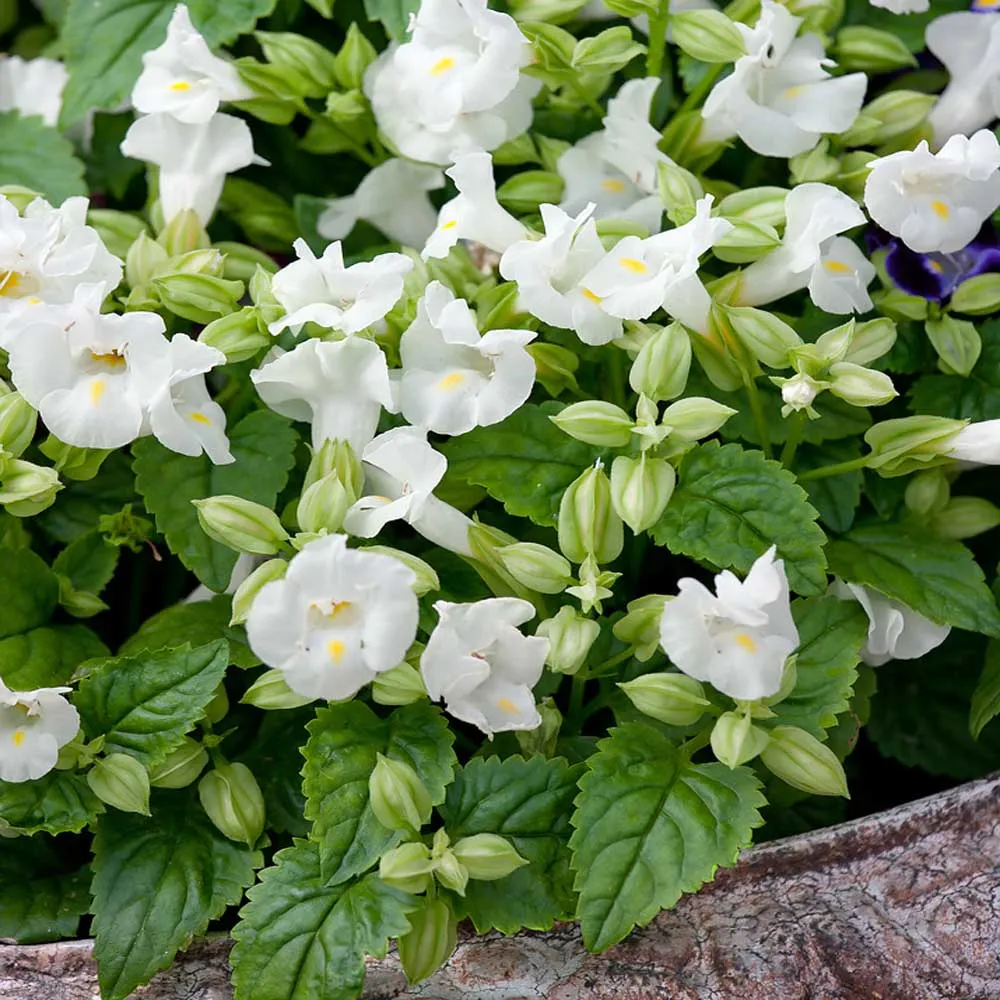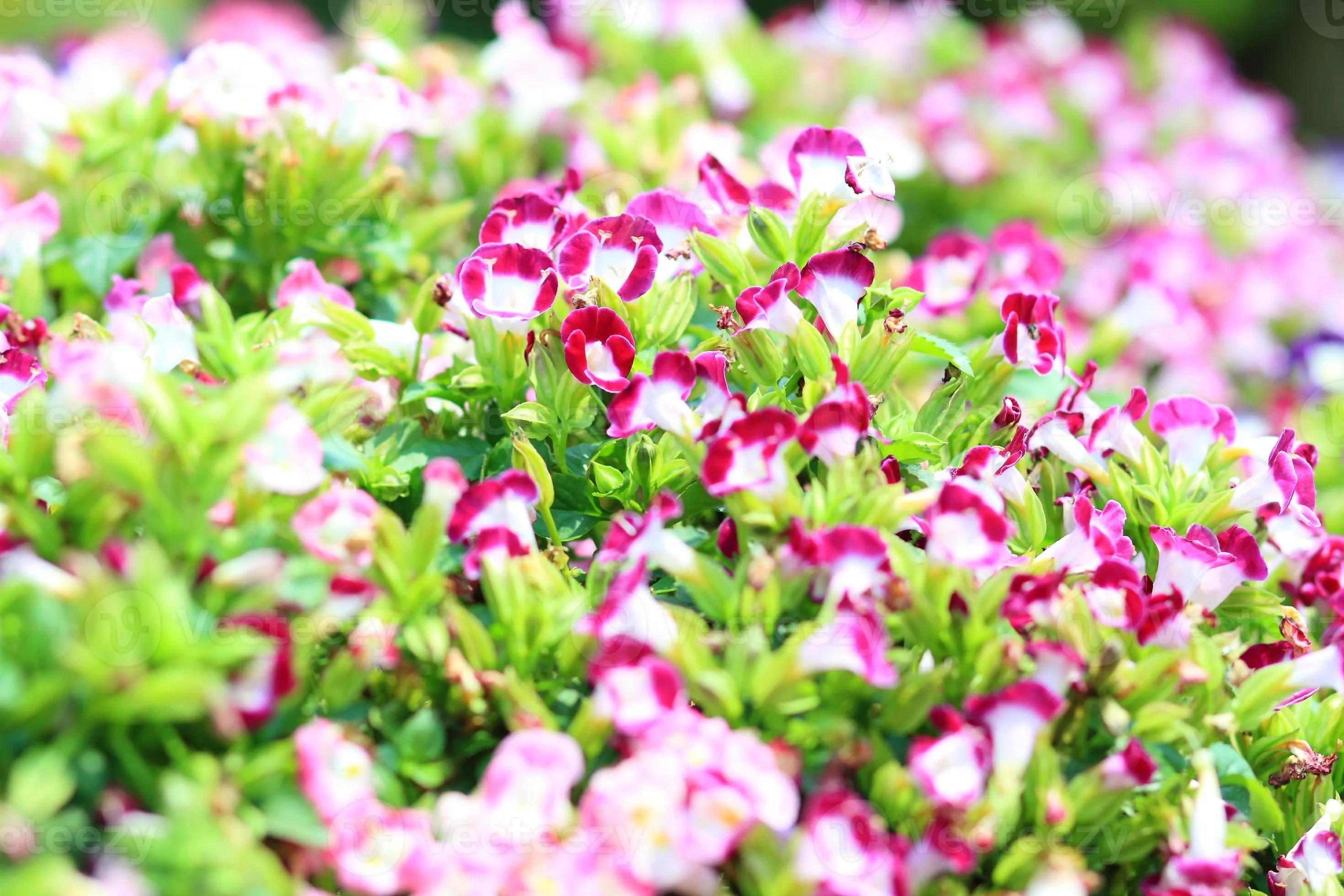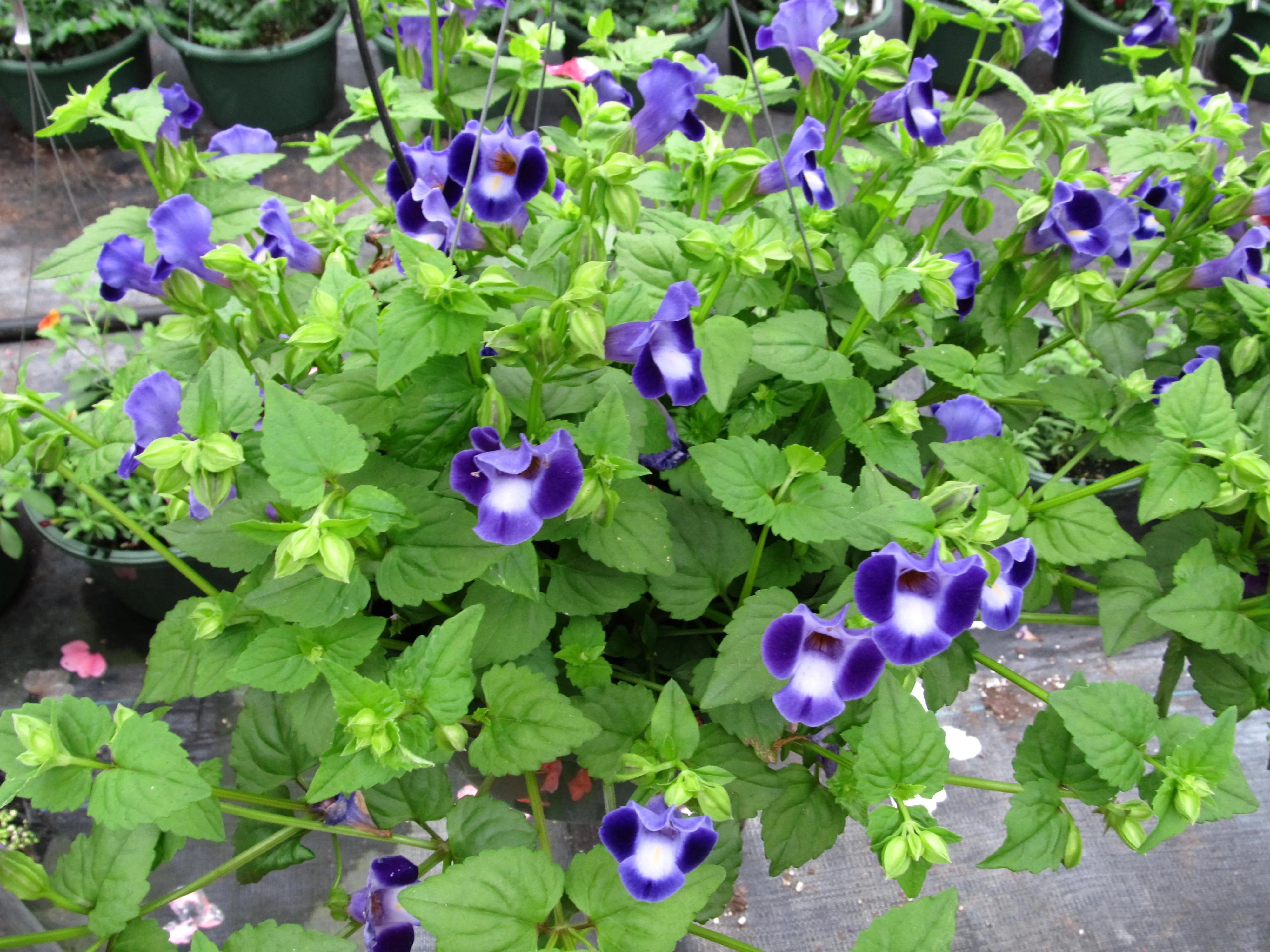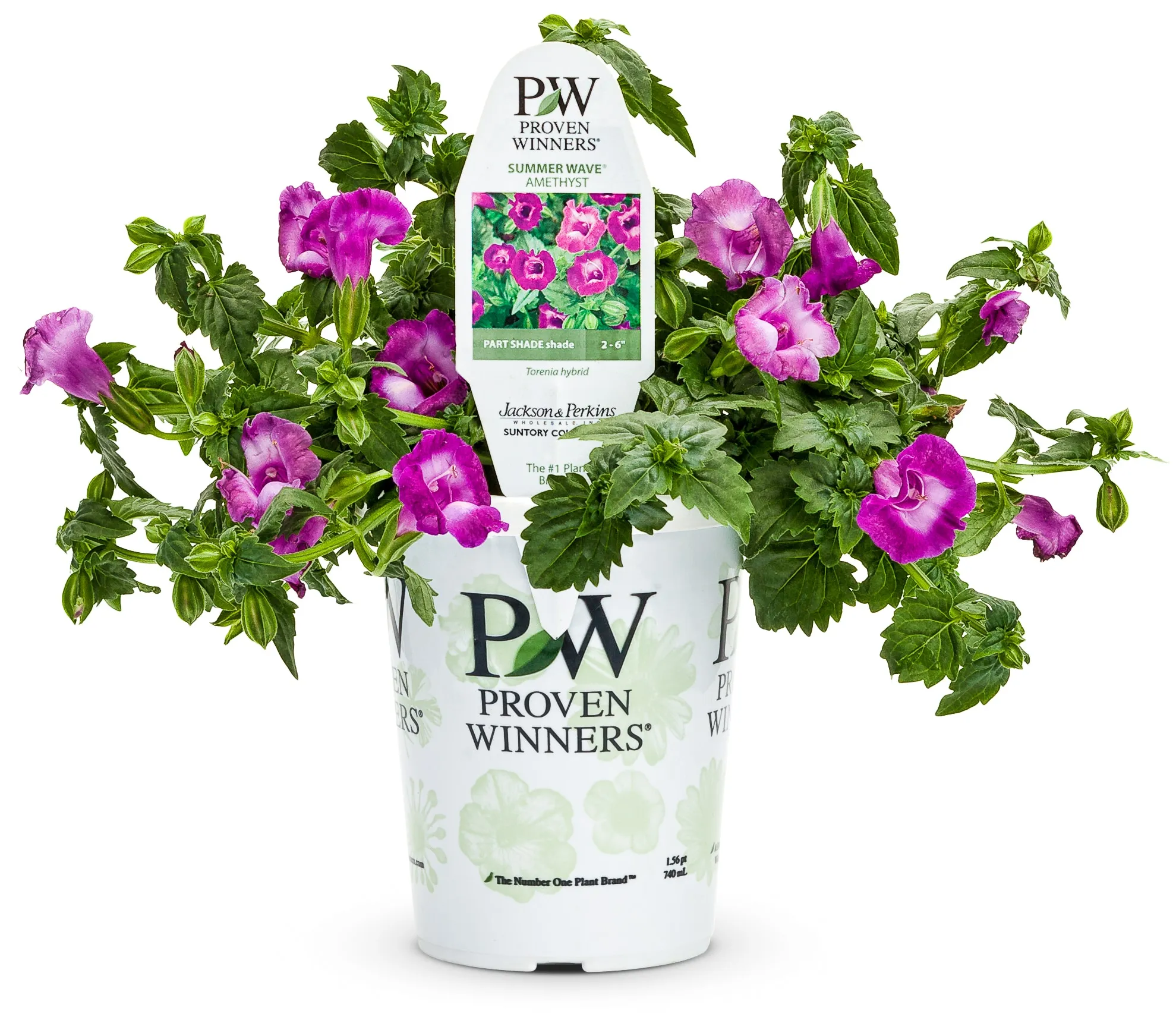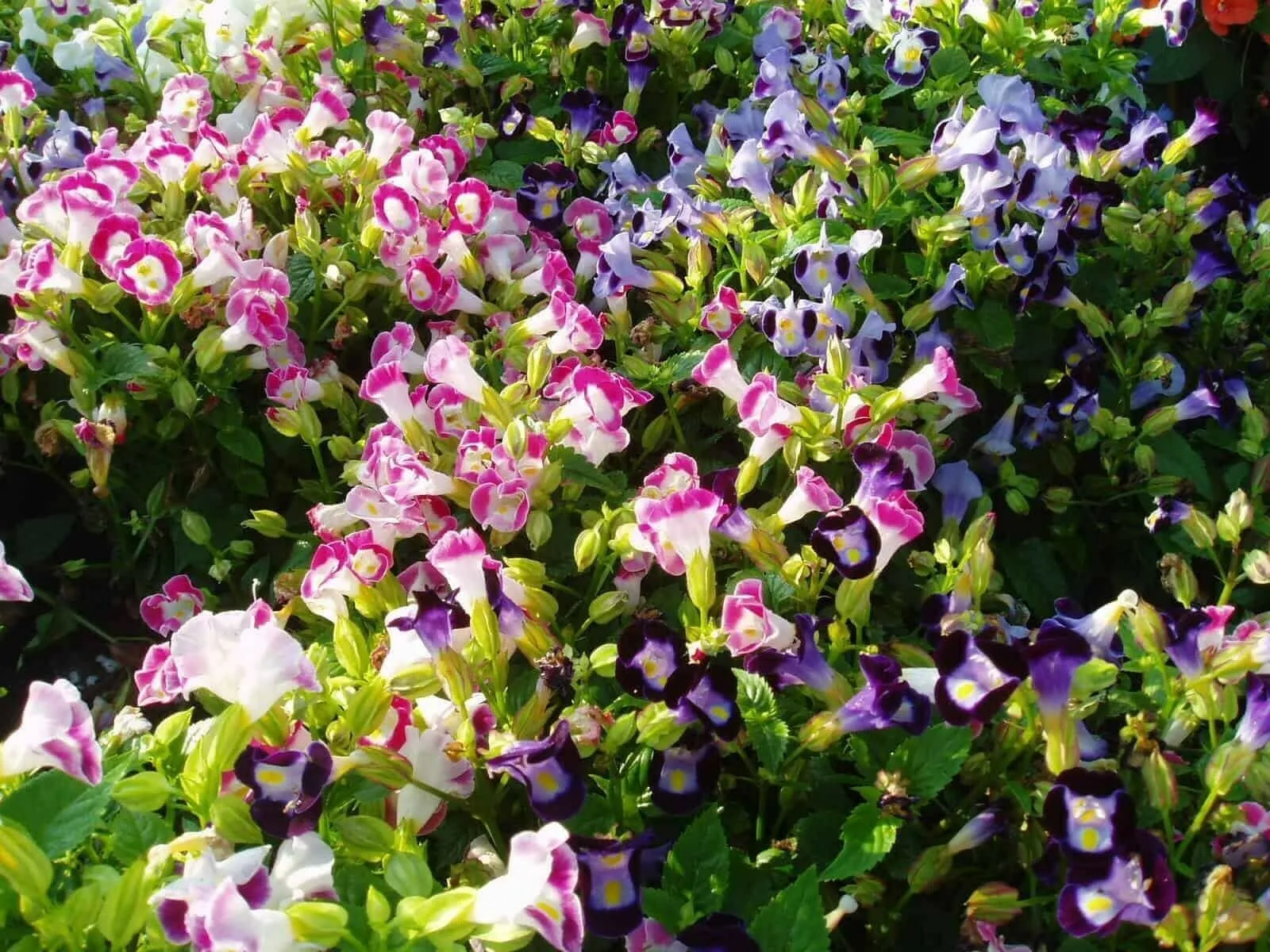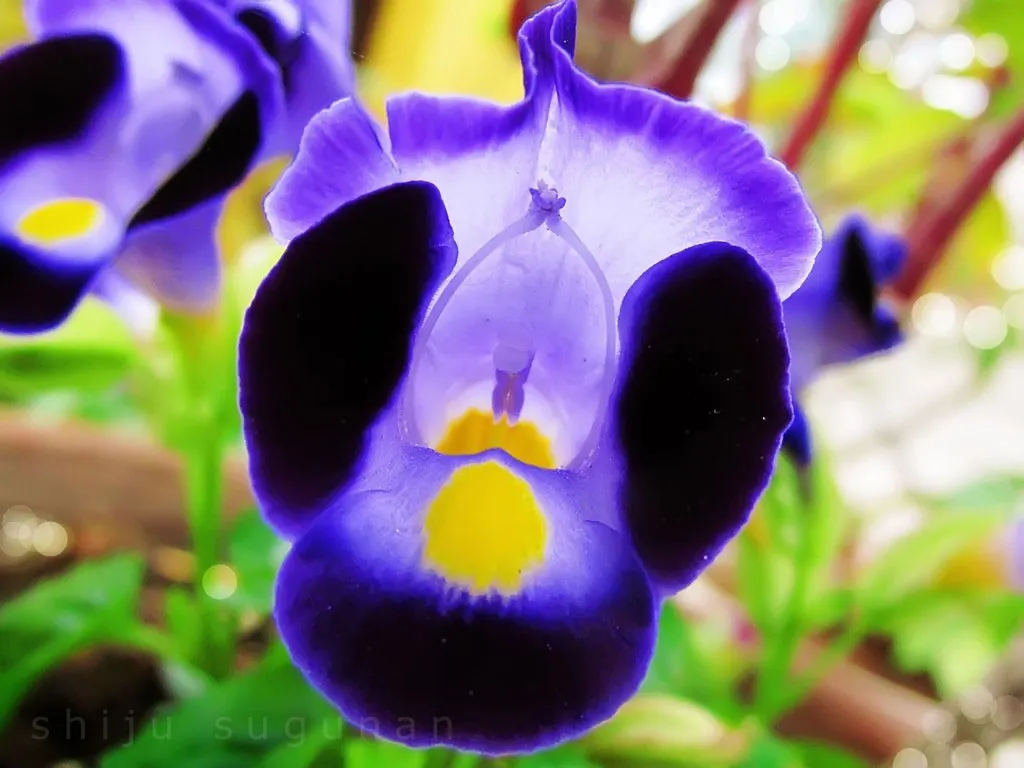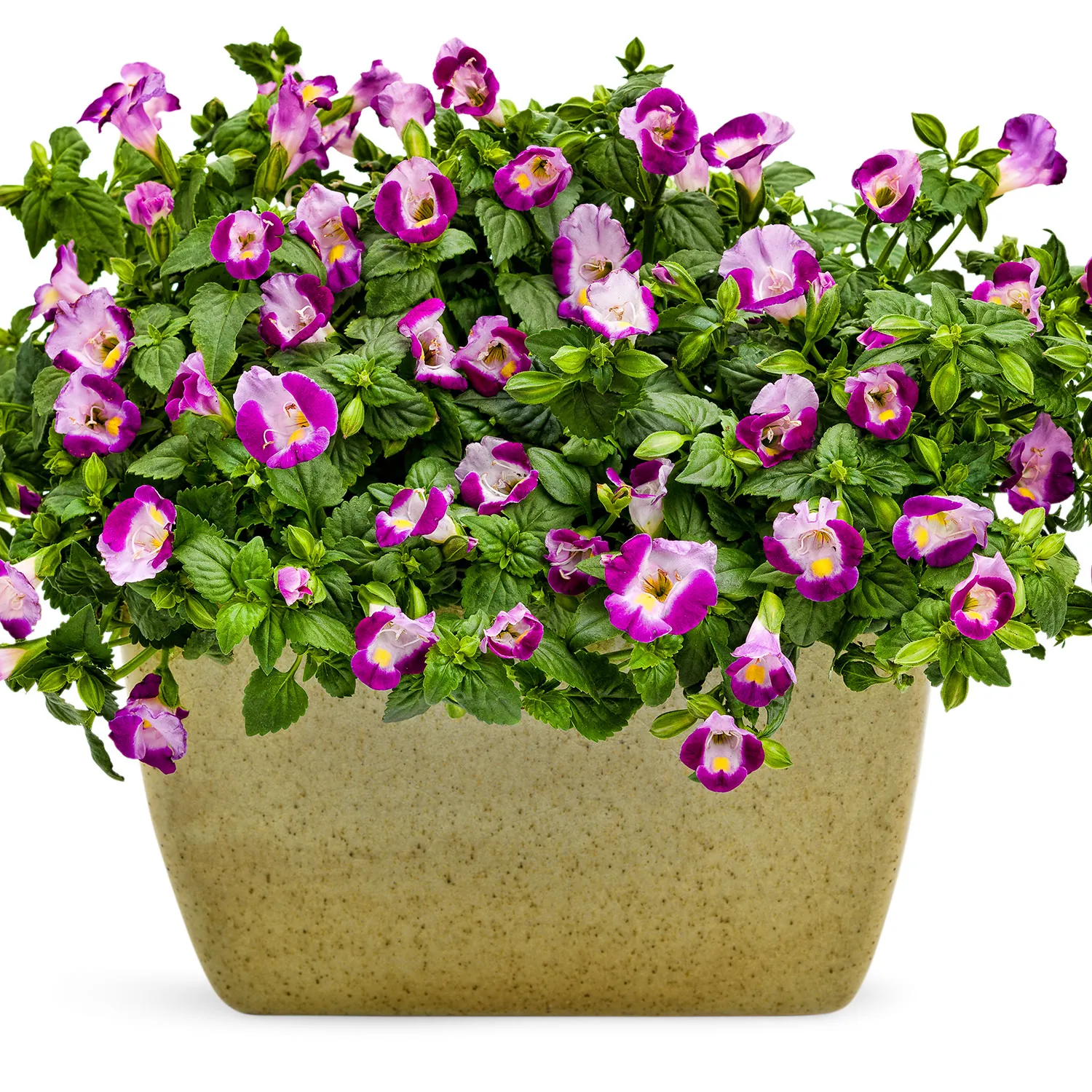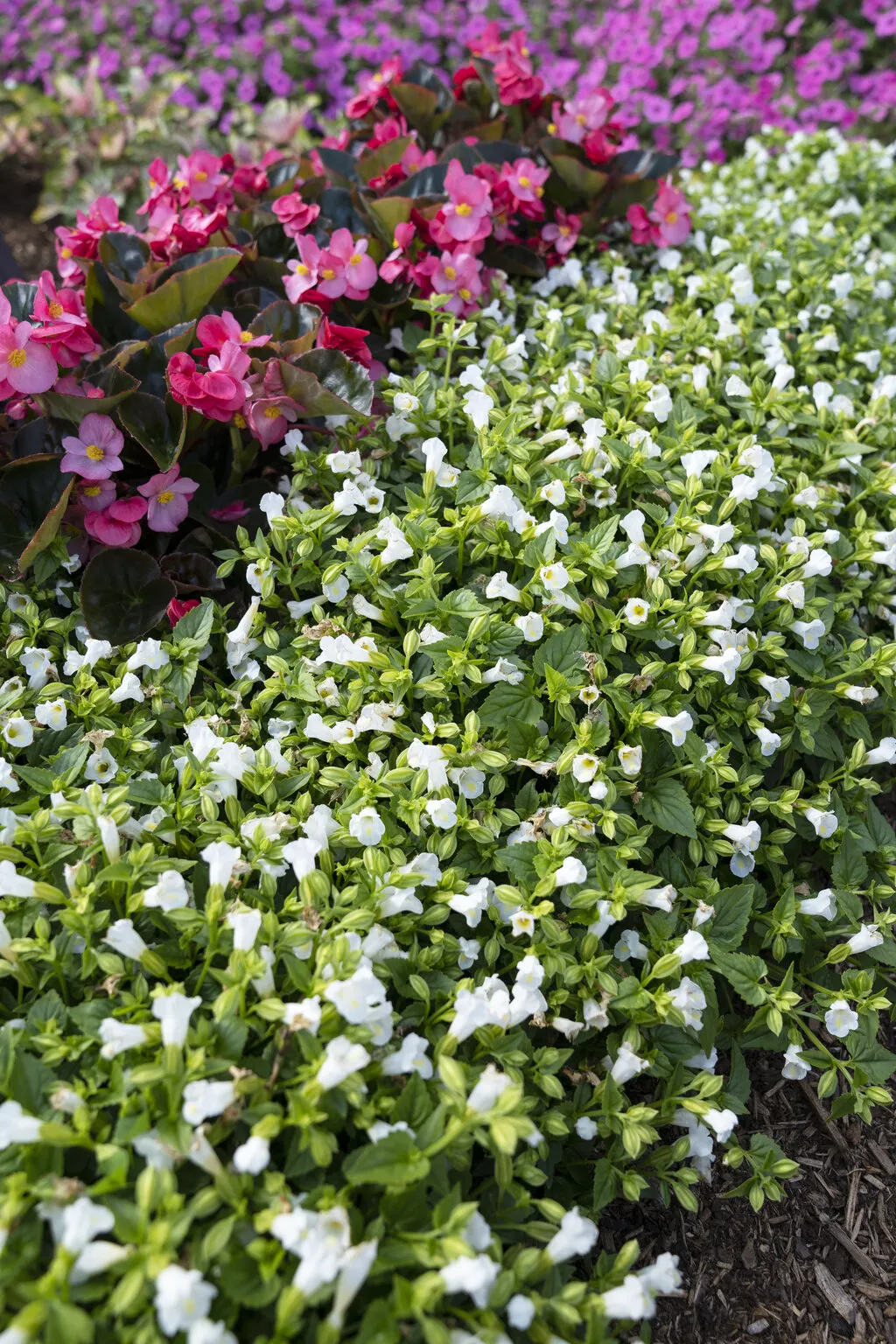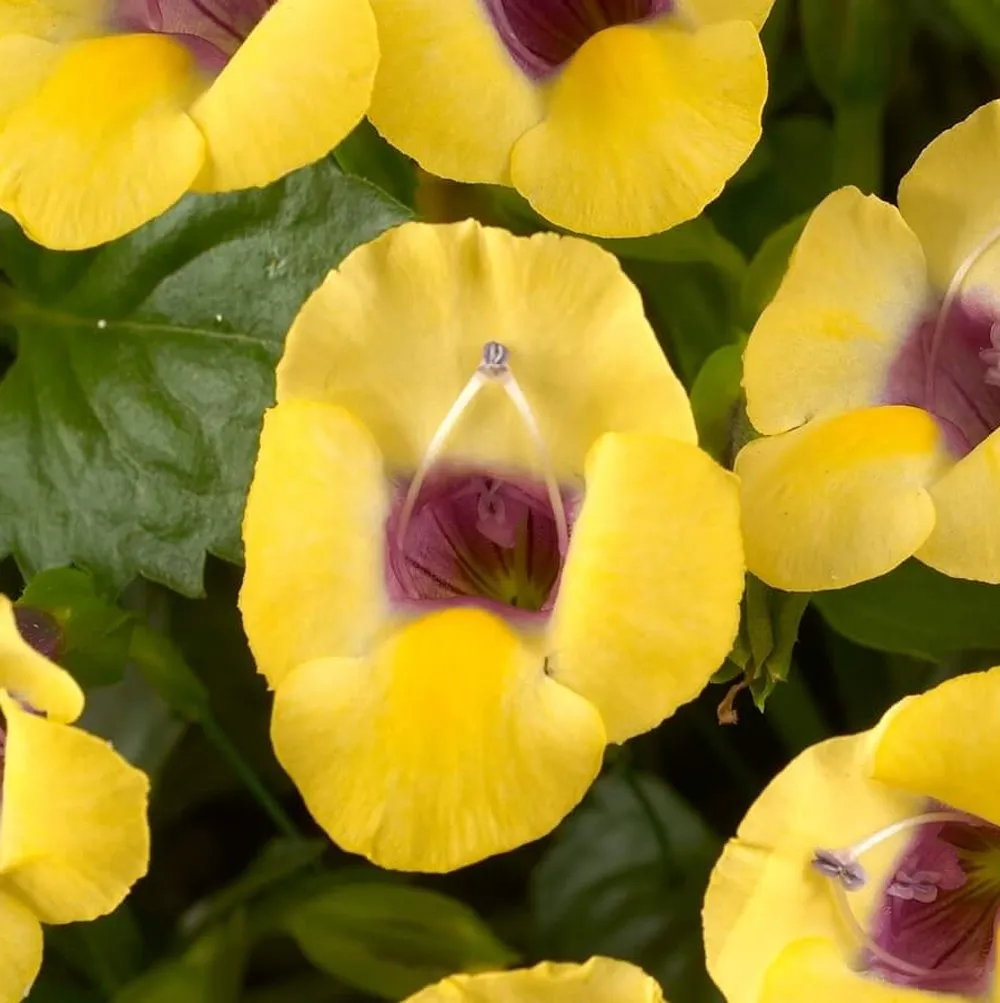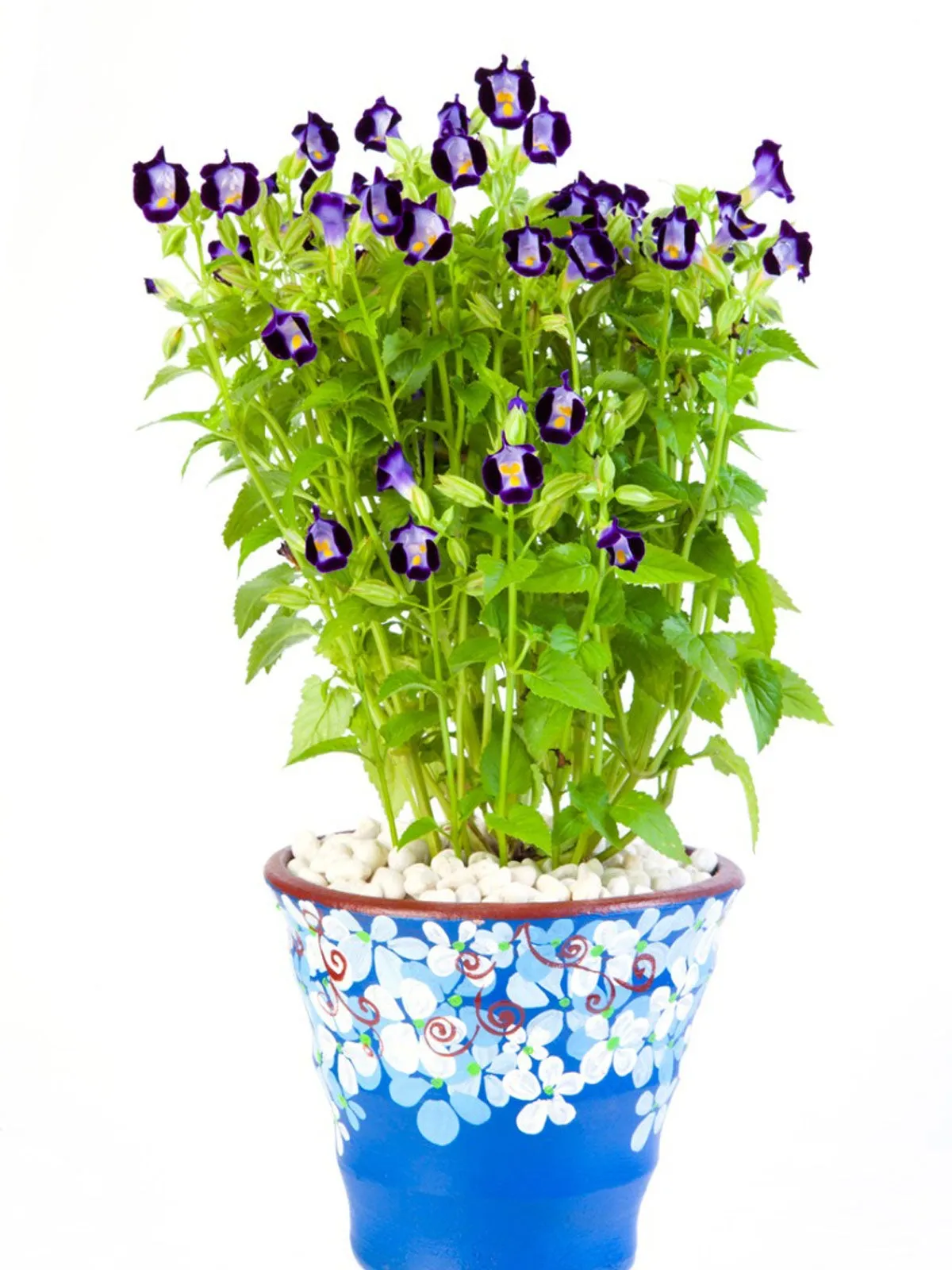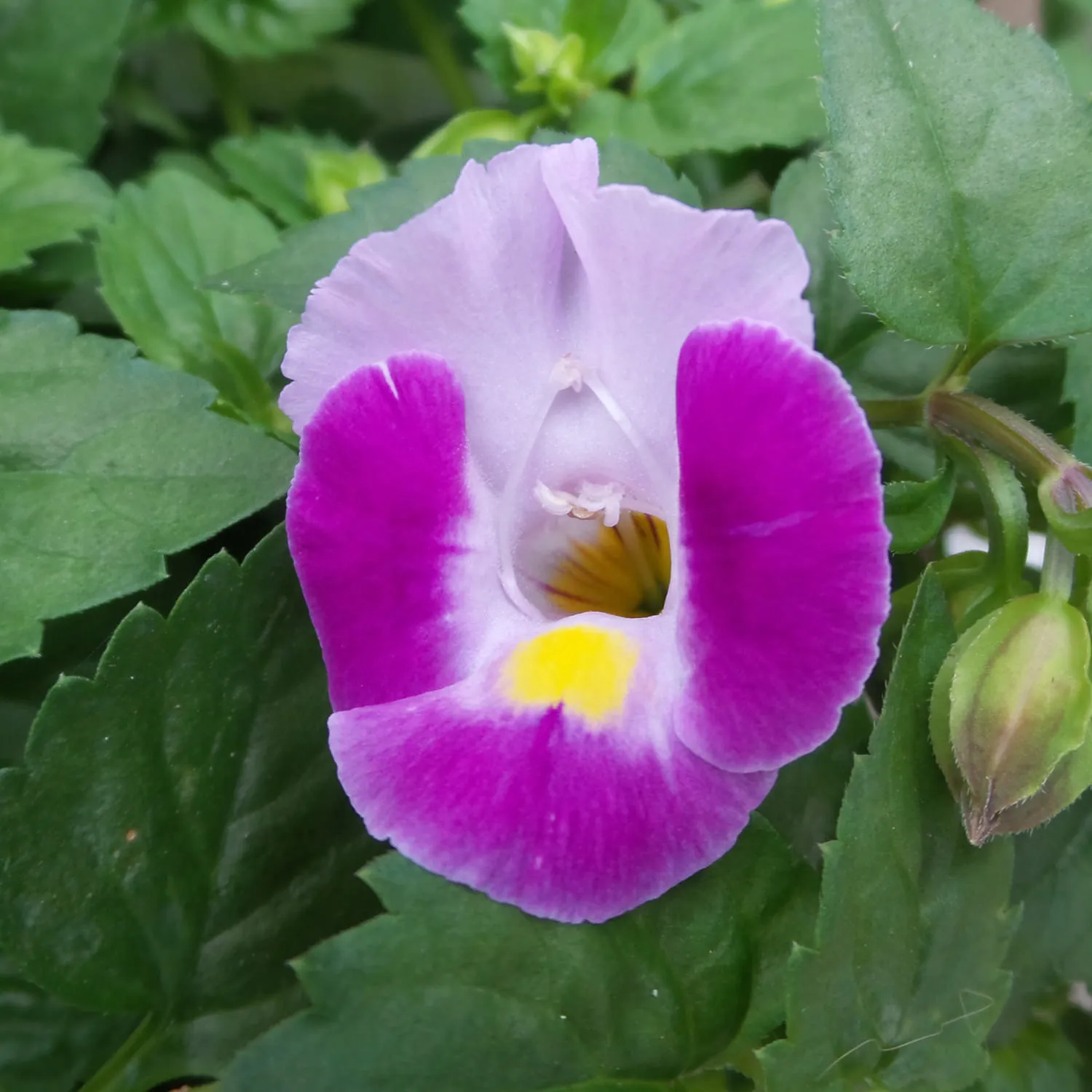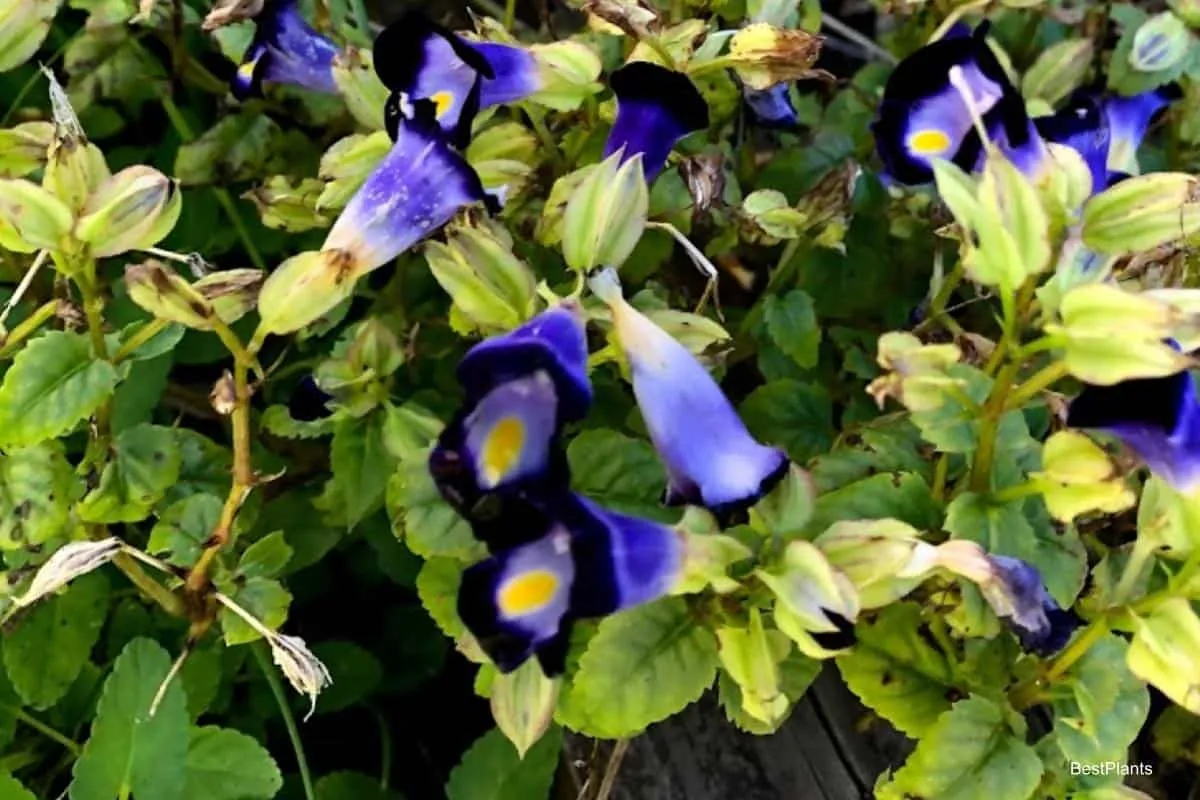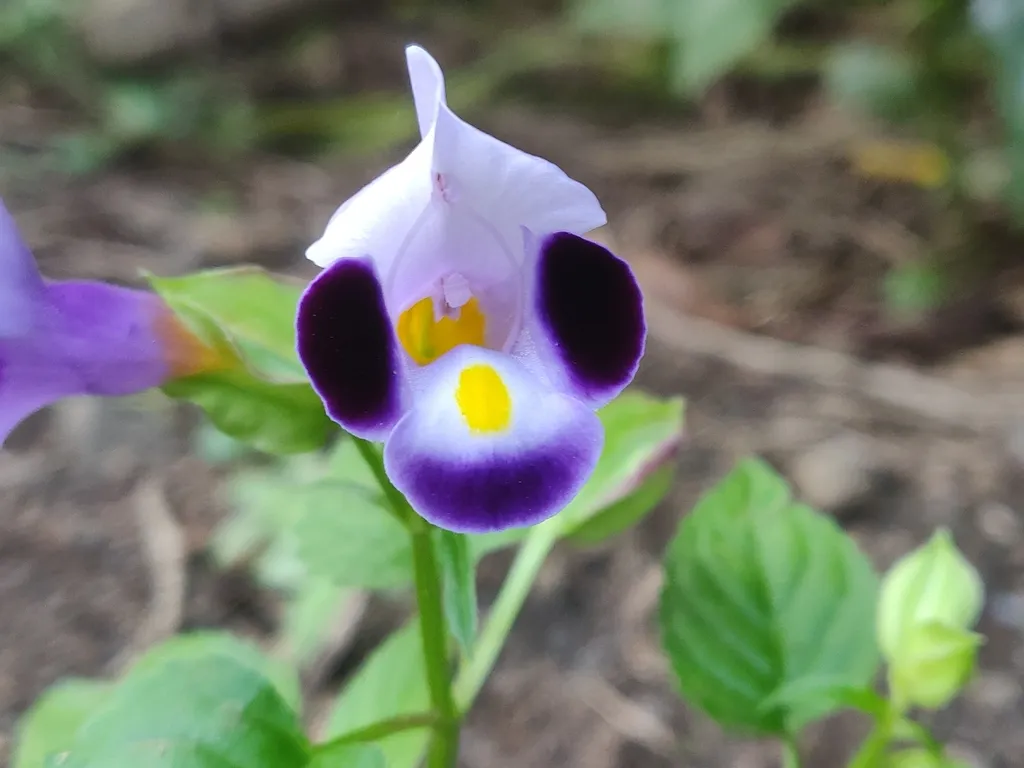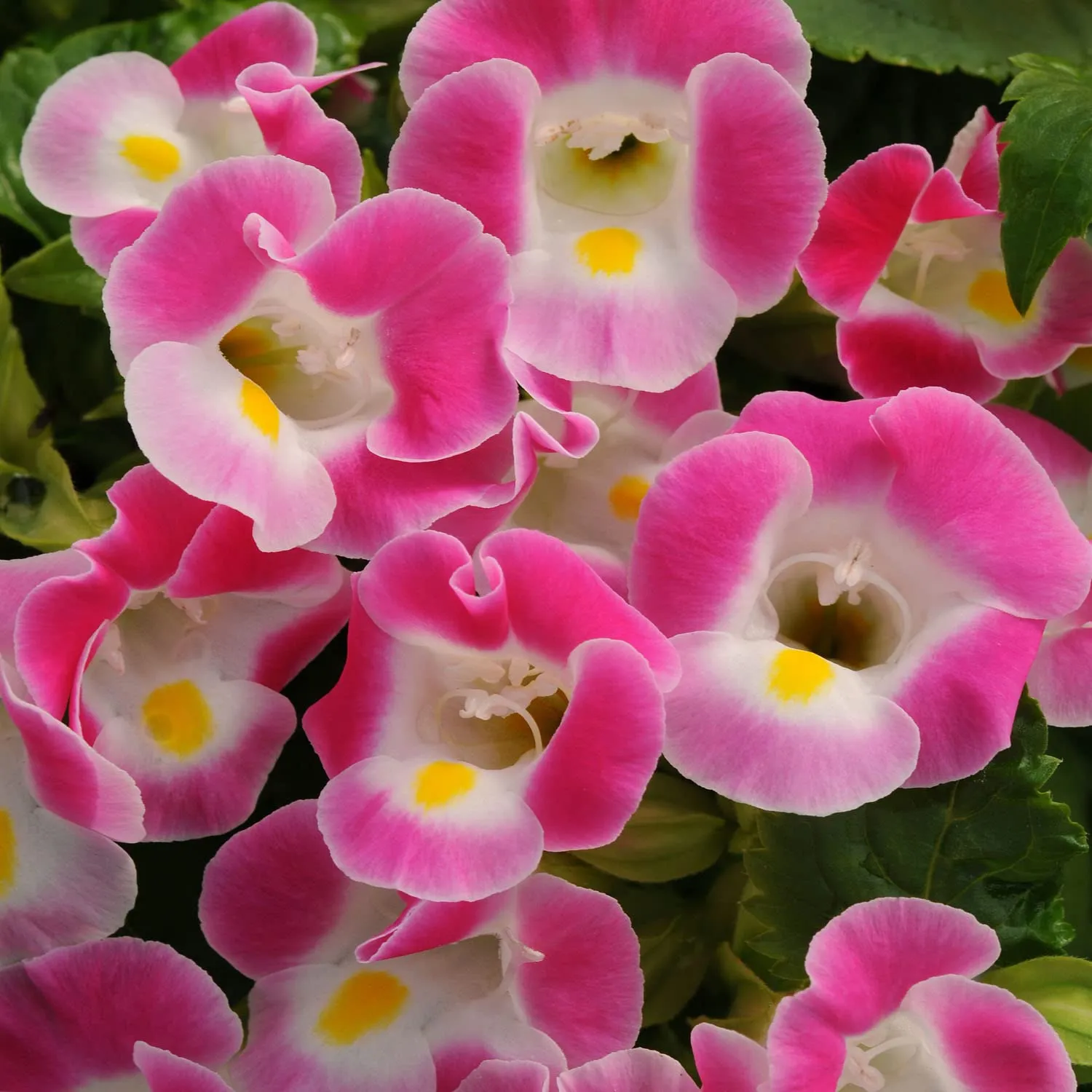Wishbone Flower: A Delightful Addition to Your Garden
Flowers are one of the most beautiful and appealing creations of nature. They come in different shapes, sizes, and colors, and each one has its own unique beauty. One such flower that has been gaining popularity among gardeners is the Wishbone Flower. This charming and delicate flower is known for its distinctive shape and vibrant colors. In this article, we will take a closer look at the Wishbone Flower, its characteristics, and how to grow it in your garden.
What is a Wishbone Flower?
The Wishbone Flower, also known as Torenia fournieri, is a small, bushy plant that produces beautiful, trumpet-shaped flowers in shades of blue, pink, purple, and white. The flower gets its name from the unique shape of its stamens, which resemble a wishbone. The plant is native to Southeast Asia, where it grows in moist, shady areas. The Wishbone Flower is an annual plant, which means it completes its life cycle in one growing season. It grows up to 12 inches tall and 18 inches wide and has a mounding growth habit. The leaves are small and ovate, with a glossy texture and serrated edges. The flowers appear in clusters at the tips of the stems and bloom continuously from late spring to early fall.
Characteristics of a Wishbone Flower
The Wishbone Flower is known for its unique characteristics, which make it a popular choice for gardeners. Some of its key features include:
Color
The Wishbone Flower comes in a range of colors, including blue, pink, purple, and white. Some varieties also have bi-colored or tri-colored flowers, which add a splash of color to your garden.
Shape
The trumpet-shaped flowers of the Wishbone Flower have a distinctive shape, with two upper petals that are fused together and two lower petals that are separate. The stamens, which resemble a wishbone, add an interesting element to the flower.
Size
The Wishbone Flower is a small plant that grows up to 12 inches tall and 18 inches wide. Its compact size makes it ideal for small gardens, containers, and hanging baskets.
Growth Habit
The Wishbone Flower has a mounding growth habit, which means it grows into a rounded shape. This makes it a good choice for filling in gaps in your garden or adding texture to your landscape.
How to Grow a Wishbone Flower
The Wishbone Flower is a relatively easy plant to grow, making it a good choice for novice gardeners. Here are some tips on how to grow a Wishbone Flower:
Soil
The Wishbone Flower prefers moist, well-draining soil that is rich in organic matter. It can tolerate a range of soil types, but it does best in slightly acidic soil with a pH between 5.5 and 6.5.
Light
The Wishbone Flower prefers partial shade to full shade. It can tolerate some sun, but too much direct sunlight can cause the leaves to wilt and the flowers to fade.
Water
The Wishbone Flower needs regular watering to keep the soil moist. Be careful not to overwater, as this can cause root rot. Water the plant deeply once a week, or more often if the weather is hot and dry.
Fertilizer
The Wishbone Flower benefits from regular fertilization. Use a balanced fertilizer every two weeks during the growing season to promote healthy growth and abundant blooms.
Propagation
The Wishbone Flower can be propagated from seeds or cuttings. Seeds should be sown indoors six to eight weeks before the last frost, then transplanted outdoors after the danger of frost has passed. Cuttings can be taken from mature plants in the summer and rooted in moist soil.
Uses of a Wishbone Flower
The Wishbone Flower is a versatile plant that can be used in a variety of ways in your garden. Here are some ideas:
Borders
The Wishbone Flower is a great choice for borders and edging, as its compact size and colorful blooms add a pop of color to your landscape.
Containers
The Wishbone Flower is well-suited to container gardening, as it can be grown in small pots or hanging baskets. Its trailing growth habit makes it a good choice for hanging baskets.
Ground Cover
The Wishbone Flower can be used as a ground cover in shady areas, where it will spread and fill in gaps in your garden.
Indoor Plant
The Wishbone Flower can also be grown indoors as a houseplant. It prefers bright, indirect light and moist soil.
Conclusion
The Wishbone Flower is a delightful addition to any garden. Its unique shape, vibrant colors, and mounding growth habit make it a popular choice among gardeners. With a little care and attention, you can enjoy its beautiful blooms from late spring to early fall. Whether you use it as a border plant, container plant, or ground cover, the Wishbone Flower is sure to add charm and beauty to your landscape.
Frequently asked questions about Wishbone flower wallpapers
Q: What is Wishbone flower?
A: Wishbone flower is a small, delicate annual plant with beautiful flowers that resemble a wishbone.
Q: What type of flowers are included in the "Wishbone flower pictures" category?
A: The "Wishbone flower pictures" category includes pictures of various types of Wishbone flowers.
Q: Can I download the pictures for free?
A: Yes, all pictures in the "Wishbone flower pictures" category can be downloaded for free.
Q: What file types are available for download?
A: You can download pictures in .jpg, .png, and .webp file formats.
Q: Can I choose the size of the picture I want to download?
A: Yes, you can choose the size (width and height) of the picture you want to download.
Q: How many pictures are included in the "Wishbone flower pictures" category?
A: There are 44 pictures in the "Wishbone flower pictures" category.
Q: Is the website mobile-friendly?
A: Yes, the website is mobile-friendly. It automatically detects the visitor's mobile screen size and chooses the right size for the visitor.
Q: Do I need to create an account to download pictures?
A: No, you do not need to create an account to download pictures.
Q: Can I use the pictures for commercial purposes?
A: No, all pictures in the "Wishbone flower pictures" category are for personal use only.
Q: How can I credit the website if I use the pictures?
A: You can credit the website by including a link to the website on your blog or website where you use the pictures.


